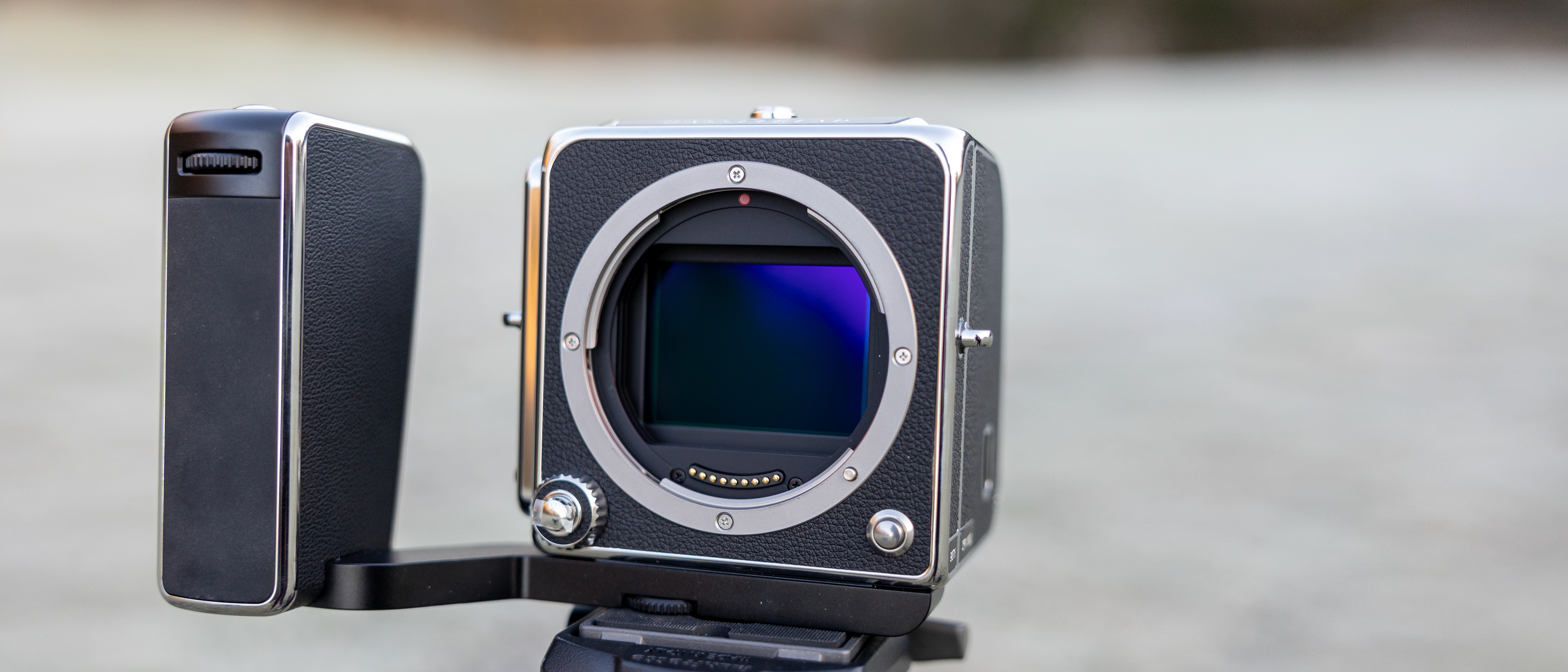
Hasselblad 907X CFV 100C: Two-minute review
The Hasselblad 907X CFV 100C is the Swedish manufacturer's latest mirrorless medium-format camera, offering an ultra-high-resolution sensor and phase detection autofocus (PDAF) in a surprisingly lightweight design. It's got to be one of the best professional cameras for landscape and portrait photographers who work slowly and deliberately, and it harks back to a more 'traditional' approach.
Joining Hasselblad's modular system lineup, the camera is comprised of two halves: the super-thin 907X camera body and the CFV 100C digital back. It's an upgrade on the 907X 50C which launched back in 2020, and as the name suggests, it brings double the megapixel count with a huge 100MP back-illuminated CMOS sensor.
The 907X CFV 100C shares the same sensor, 16-bit color depth, PDAF, and XCD lenses as the Hasselblad X2D 100C, but it enjoys a completely different design that allows photographers to use the CFV 100C digital back – the bit that handles the image capture – in three ways.
If you're lucky enough to own an old Hasselblad V-system film camera, this can replace the film back and allow you to recreate the look and feel of analog lenses with digital files. It can also be mounted onto technical cameras from the likes of Alpha and Arca Swiss, opening up possibilities for architectural tilt and shift applications.
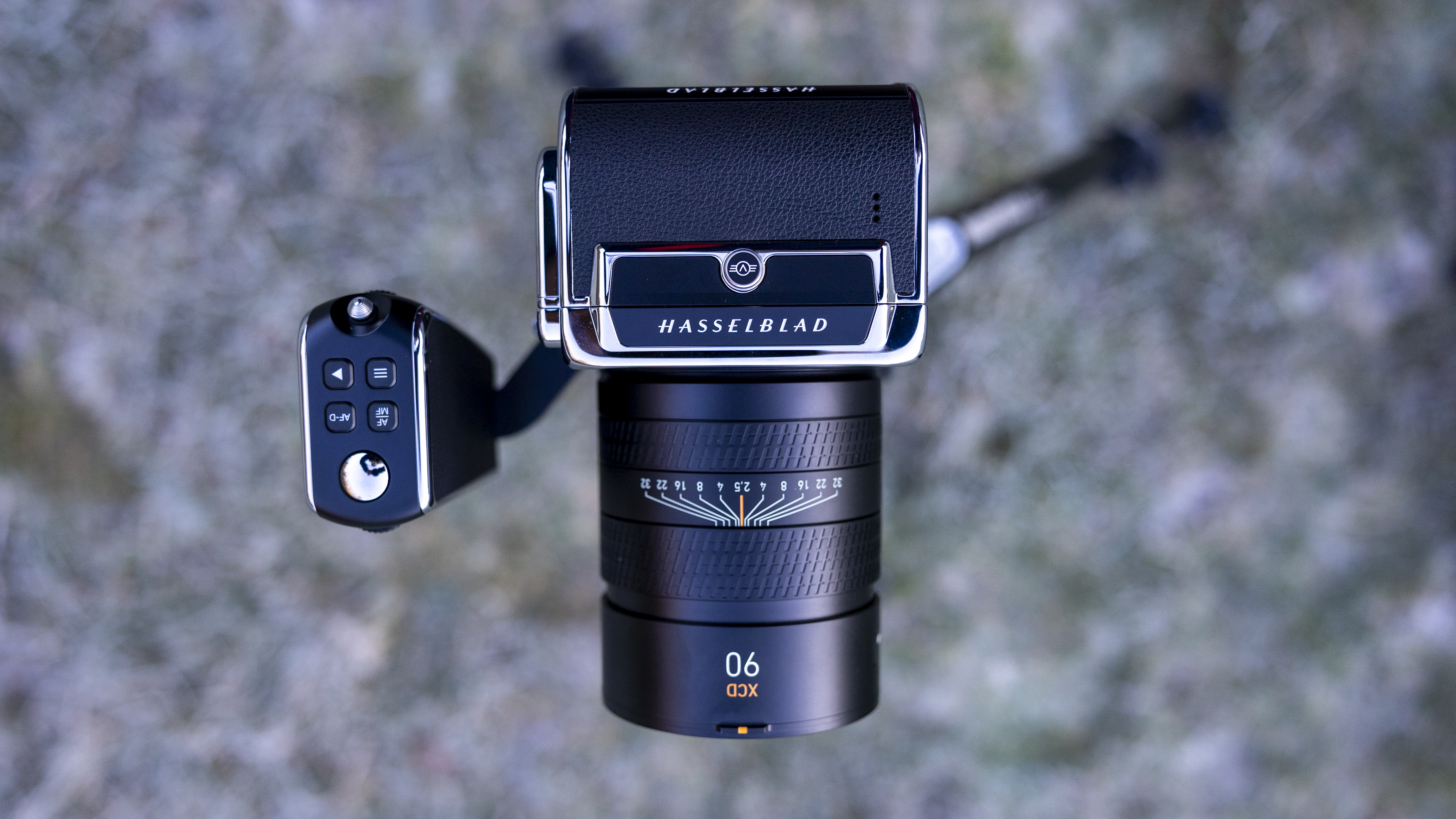
For sheer resolution, the CFV 907X 100C competes with the 102MP Fujifilm GFX100 II, but unlike that medium-format rival it doesn't offer any video capture at all. There's also no built-in image stabilization (IBIS), making a sturdy tripod essential for any low-light work.
If you want a viewfinder, that's sold separately, although the new hot shoe adapter adds third-party flash triggering. There's also a huge 1TB internal SSD for storing images, as well as a CFexpress card slot for fast read and write speeds.
With a plodding continuous burst rate of 3.3fps and relatively slow autofocus, the 907X CFV 100C isn't a camera for action, sports, or on-the-go shooting. But the sheer clarity from the sensor, the tonal range from 15 stops of dynamic range, and the lifelike colors from Hasselblad's Natural Colour Solution (HNCS) more than make up for those minor limitations.
The modern camera arms race often sees faster marketed as better, and it takes a very special camera to say "Slow down, be deliberate with your approach." But the Hasselblad CFV 907X 100C is special, and the most enjoyable camera I've shot with for a very long time. Make no mistake, the CFV 907X 100C is premium in price and build, and at times slow to use; but I loved that approach, and I think many photography purists will too.
Hasselblad 907X CFV 100C: price and availability
- Costs $8,199 / ££6,729 – Australia pricing TBC
- Available now across Europe and in the US
The Hasselblad 907X CFV 100C is available to buy now for $8,199 / £6,729 – we'll add pricing for Australia when that's confirmed. That price is almost 30% more than the Hasselblad 907X 50C. However, it’s still competitive for a professional camera when you consider that the Sony A1 is around $6,500 / £6,499 / AU$10,499 (body-only), and the 102MP Fujifilm GFX100 II is about $7,499 / £6,999 / AU$12,599.
By regular mirrorless camera standards, the 907X CFV 100C is expensive. But this premium tag is typical of modular systems like the Phase One XF; and to my mind, if you're a commercial photographer who's prepared to invest in the very best tools, it's to be expected.
If you want the 907X Optical Viewfinder (OVF) or 907X Control Grip they're both sold separately. If you're going to be handholding the camera frequently, I'd say the grip is almost essential, especially with longer, heavier lenses – I came to rely on it during testing. If you'll be investing in new lenses too, another point to consider is that Hasselblad's (stunning) XCD lens lineup cost around double the Fujifilm GFX equivalent.
- Price score: 4/5
Hasselblad 907X CFV 100C: Specs
Hasselblad 907X CFV 100C: design
- Modular design of camera body and digital back
- Bright and responsive 3.2-inch LCD touchscreen
- Viewfinder isn't built in but sold separately
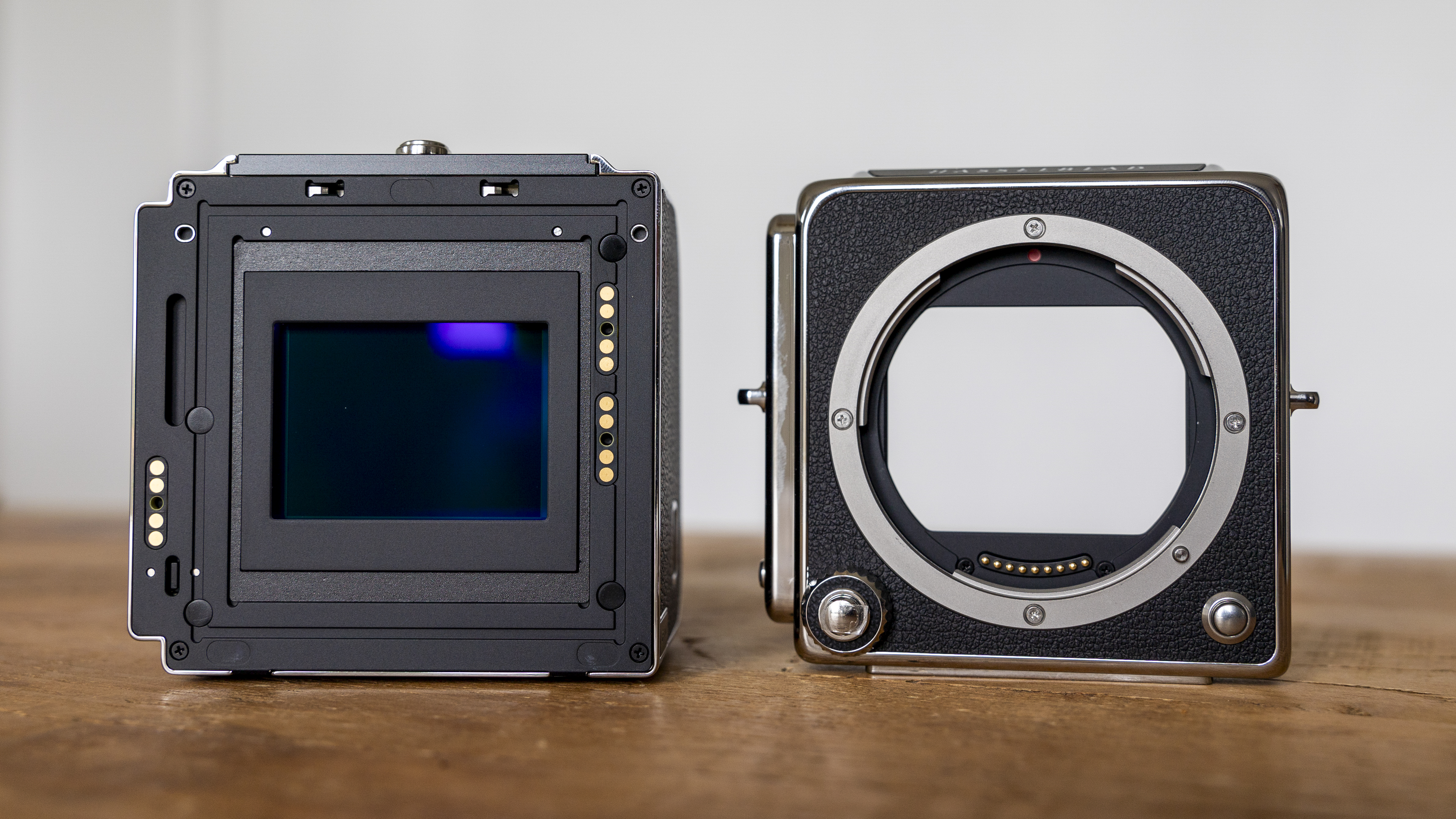

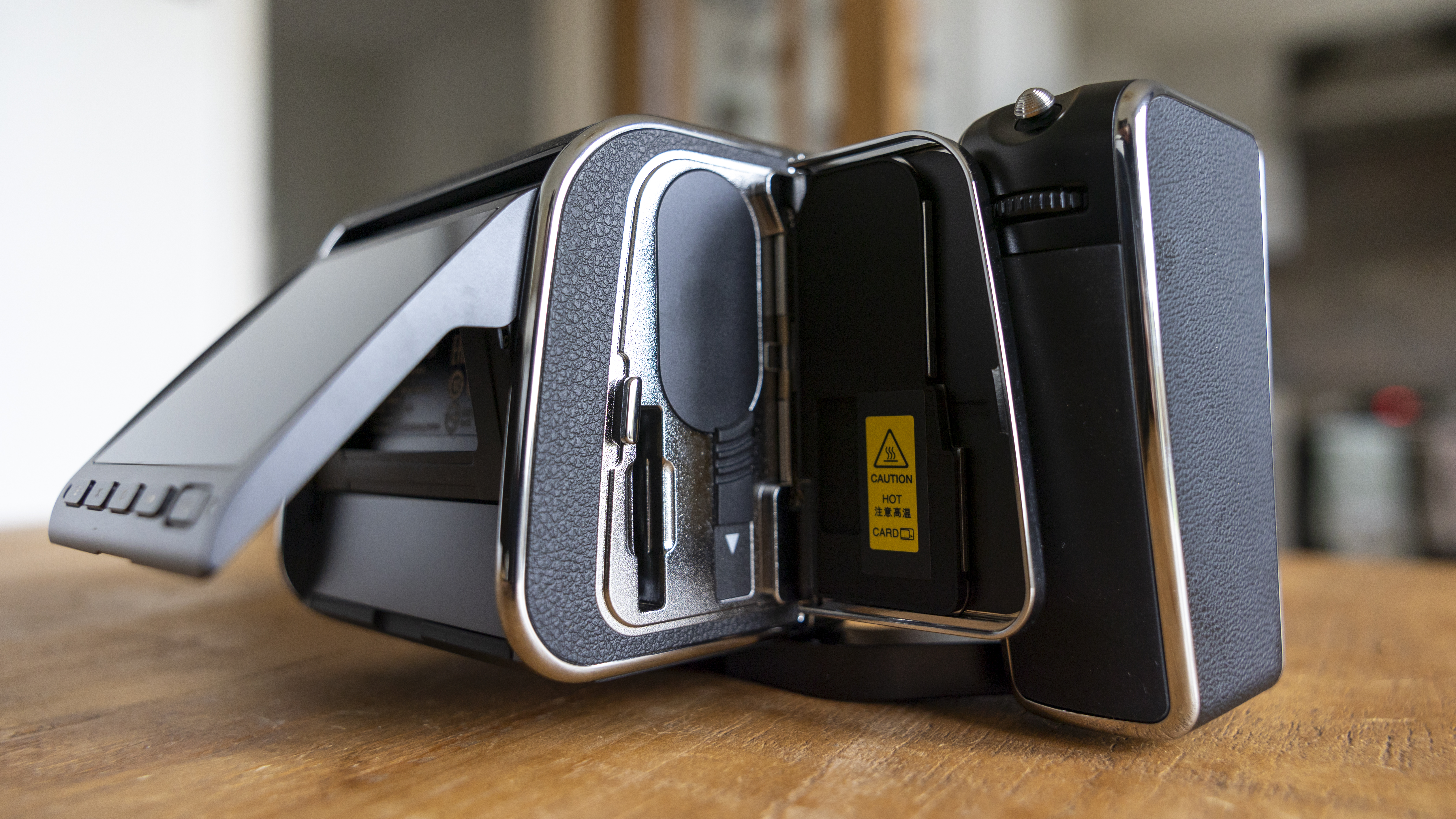
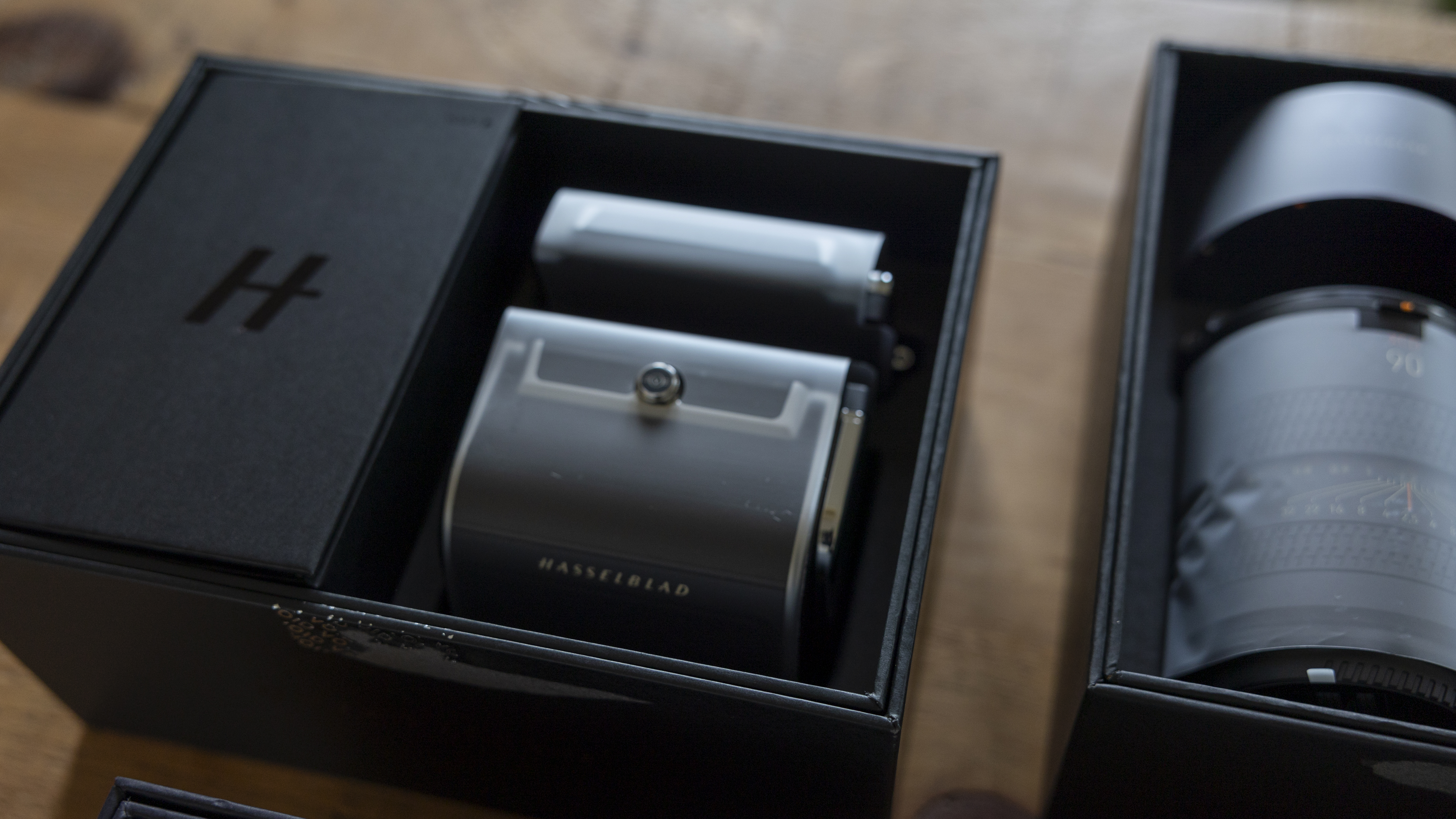
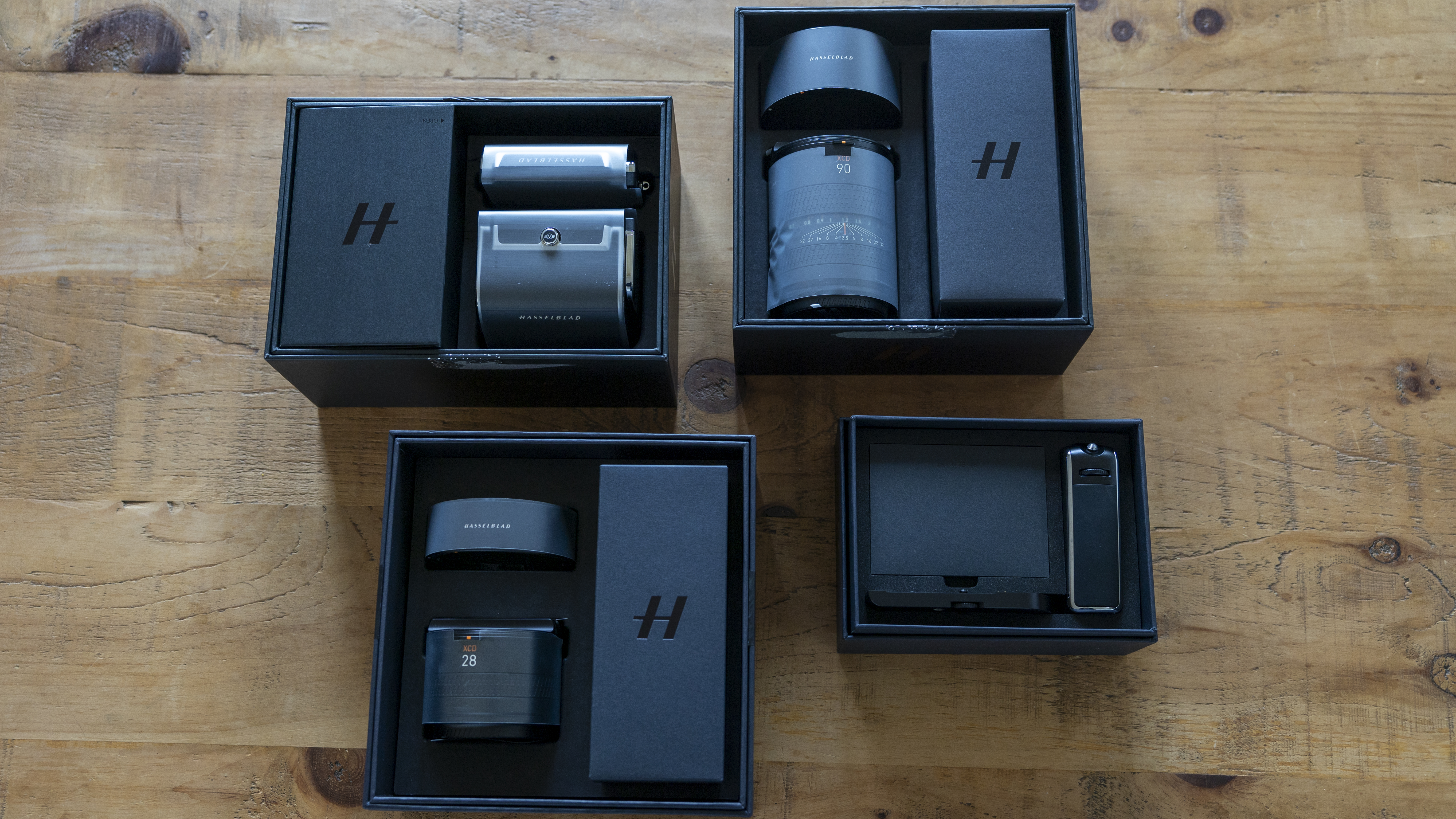
Hasselblad is known for its beautifully crafted cameras, and the 907X CFV 100C's machine-milled aluminum exterior oozes quality – even unboxing the camera felt like a premium experience. Although it hasn't been given an official weatherproof rating, the camera is operable in temperatures of 14-113F / -10-45C, and up to 85% humidity.
Accessories inside the box include the Li-on rechargeable battery, hot shoe adapter for flashguns, focusing screen mask, 30W USB-C charger, USB-C to USB-C cable (supports charging and tethering), a shoulder strap, and a flash sync input cable.
As you'd expect, the digital back and camera body are packed separately, and the back has a plastic clip-on cover to protect it during storage. Once removed, the 907X mounts securely and snugly via two metal pins at the top, and I had no worries about the two coming apart.
There's a hidden USB-C input on the left side of the CFV 100C digital back, which is covered by a flap when not in use. On the back's right side, sliding back a reassuringly solid door reveals the flush battery and CFexpress card slot. The mount for the new hot shoe adapter is unsurprisingly found on the top of the camera.
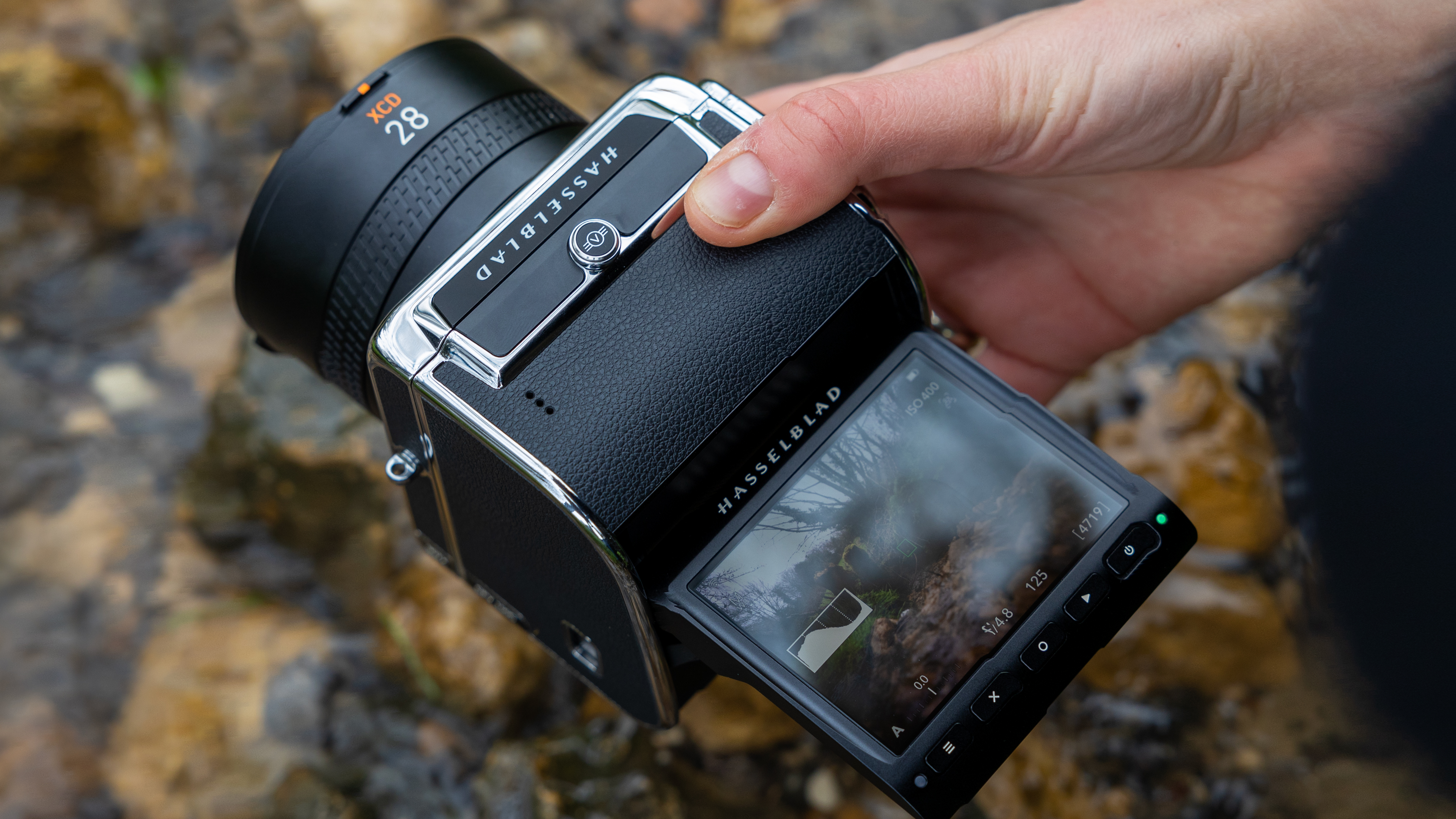
The 907X CFV 100CV has an iconic look, although you don't get a waist-level viewfinder unless you buy one separately. I prefer using Live View over an EVF with my usual workhorse camera, and I came to rely on the CFV 100CV's gorgeous 3.2-inch tilted rear screen, which pulls out and up to either a 40-degree or 90-degree angle.
Coming from a vari-angle touchscreen, I thought I'd find the tilting mechanism limiting. However, 90 degrees is the perfect angle to look down on for low-level landscape compositions, and I can't imagine a scenario where you'd want the screen to face you. The only complaint I have is that at times I found the screen difficult to see from above in bright light.
Thanks to its 2.36 million-dot resolution, the display itself is crisp and colorful, and the touchscreen is very responsive to your input. This is a good thing, as the camera menus are designed to be navigated purely by touch, tap, and pinch gestures; there are no joysticks or control wheels here. The weather was very cold for a large part of my testing period, but I was still able to change settings easily on the touchscreen with thick gloves on – something that will please many landscape photographers.
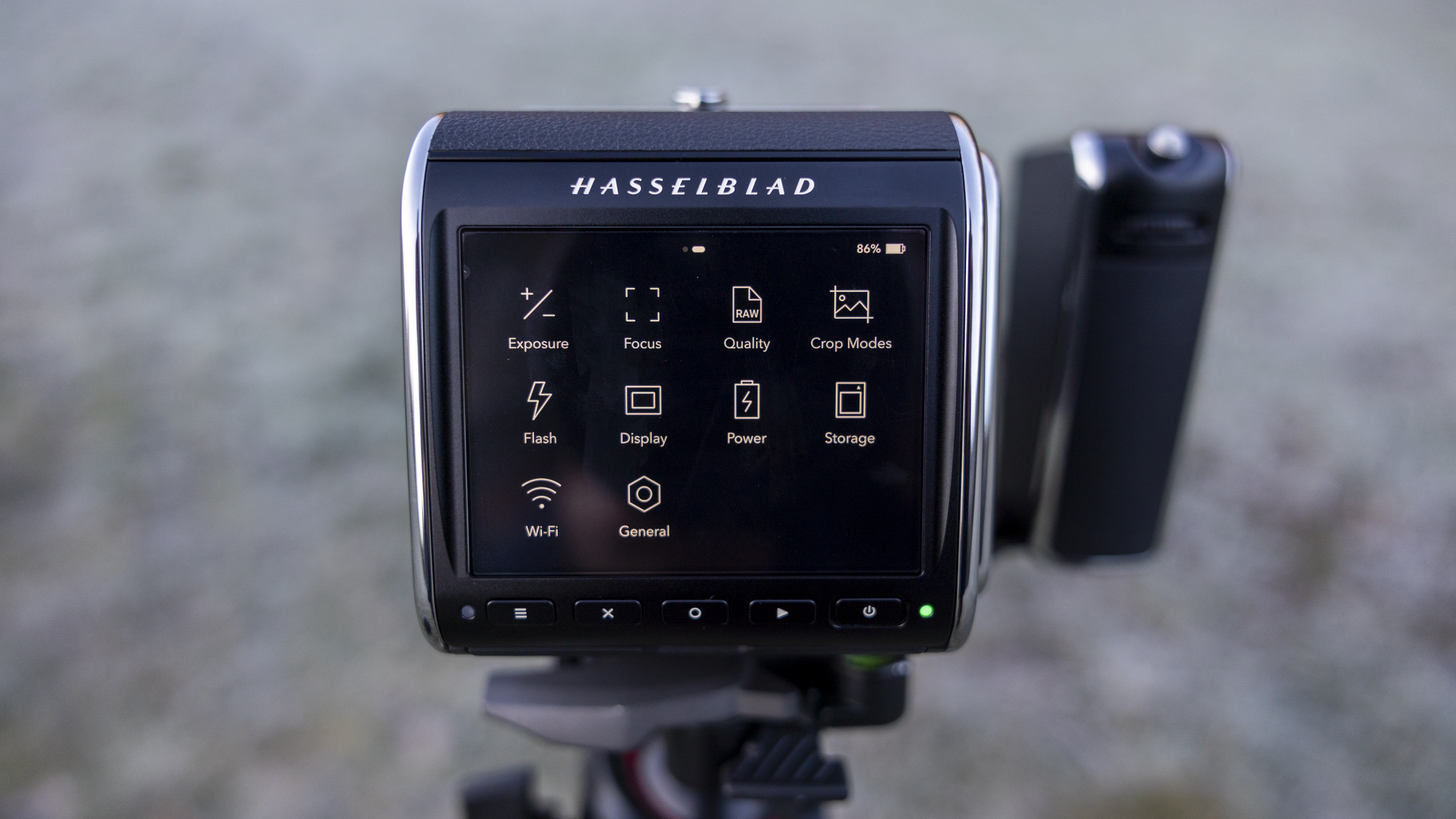
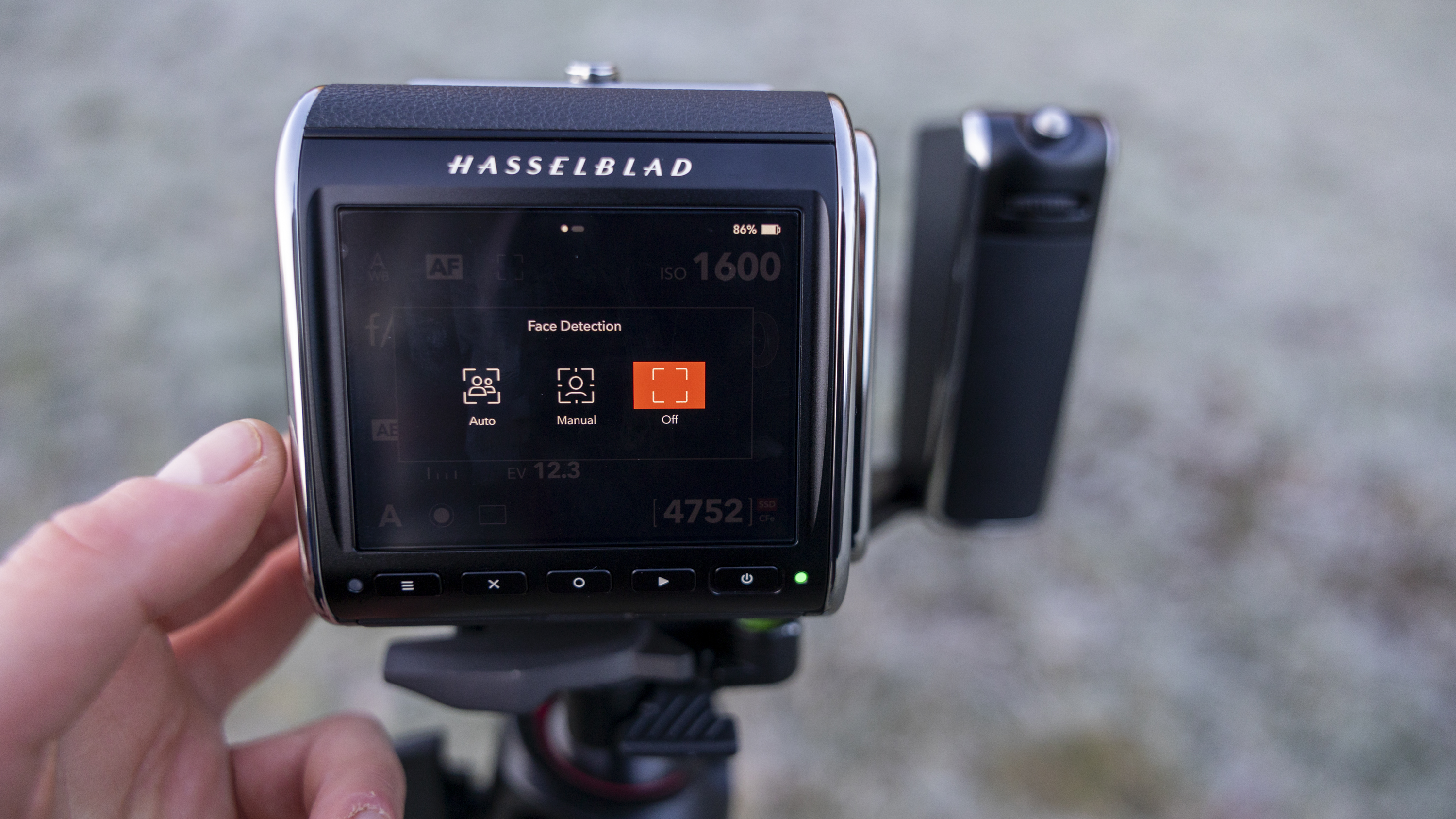
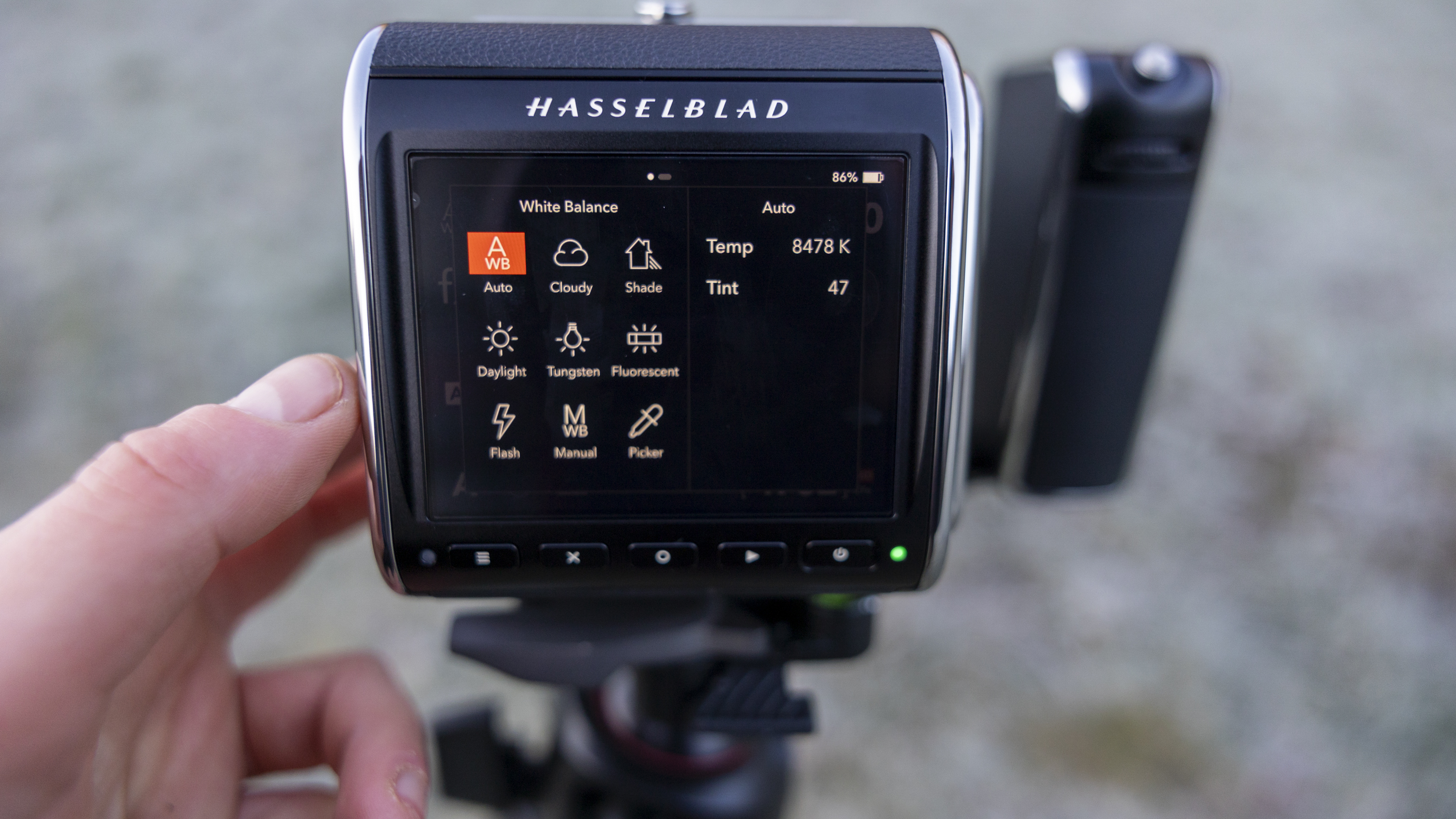
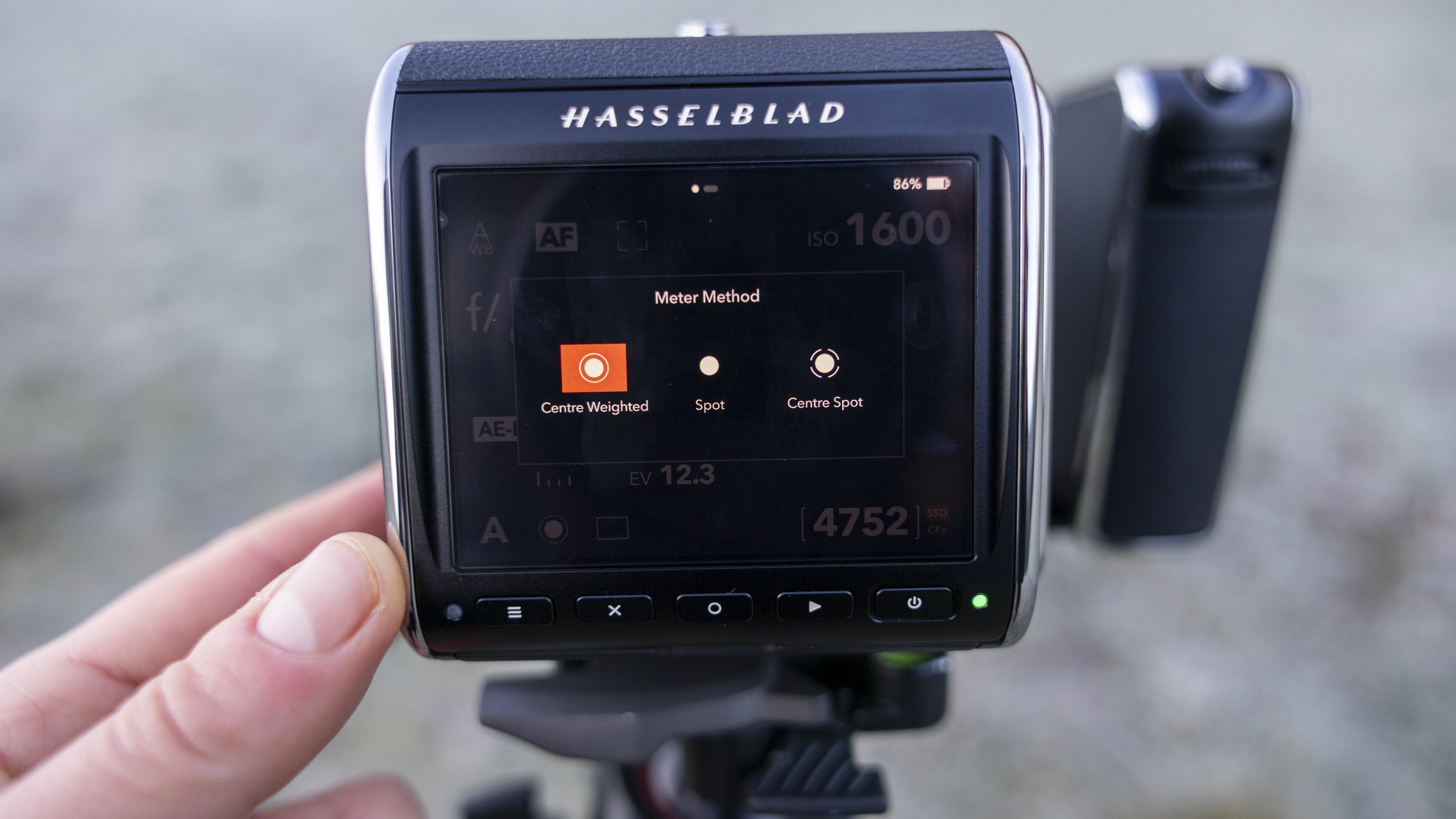
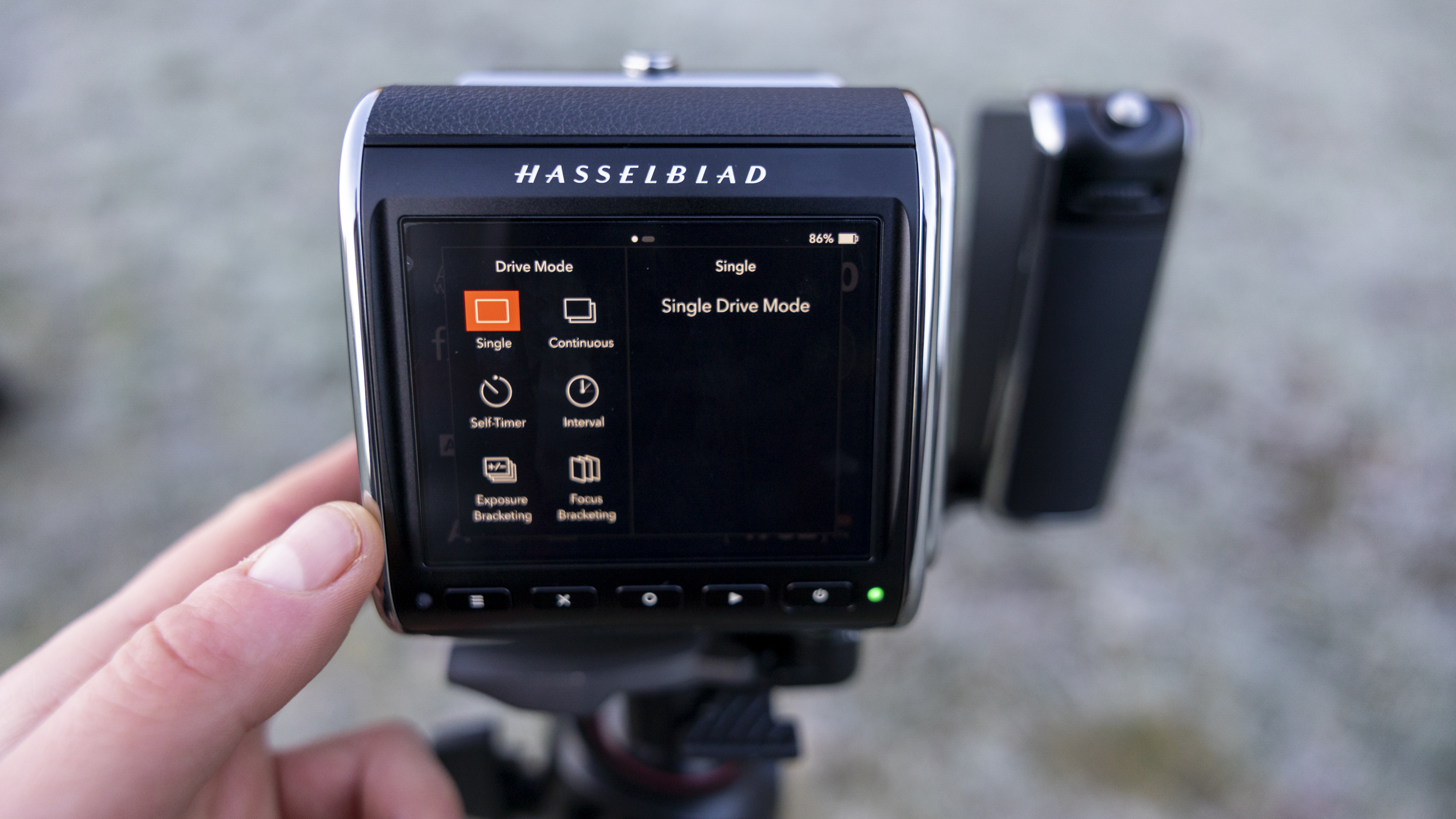
I adore the simplicity of Hasselblad's menu systems, and the CFV 100CV is no exception. In the main menu you get every setting in one view, so there's no toggling between tabs or delving into submenus to find the setting you need to change.
Physical buttons on the camera itself are minimal unless you buy the control grip, which adds four customizable buttons. There are five small buttons under the screen, dedicated to the menu, delete, display toggle, playback, and power. These are slightly less easy to operate with gloves on, as they're almost flush with the body.
The shutter button is on the front-right of the camera, which seems odd at first until you realize it's where your fingers naturally sit when you cradle the camera. Pressing the shutter button down lightly will set the autofocus, while a full press fires the shutter.
The camera is so solidly built that firing the shutter doesn't cause any detectable shake or wobble. The shutter button is surrounded by a tactile rotating control wheel, which can be set to change the aperture or shutter speed as you prefer. There are only two other buttons: one on the top of the camera to release the back, and one on the front to release the lens.

- Design score: 4.5/5
Hasselblad 907X CFV 100C: features and performance
- 1TB built-in SSD storage
- No in-body image stabilization
- 294-point phase-detection autofocus
Hasselblad's modular cameras aren't built for speed, but rather to facilitate a methodical and planned approach to image-making. Even so, the 907X CFV 100C moves on from the 907X 50C in several ways.
It takes around four seconds to power up and down, which is about twice as fast as the previous generation – although there aren't definite specs to confirm this. With less lag, you're less likely to miss a golden moment, but there's still a small wait before you can start shooting, and I was more likely to leave the camera on in between frames because of this.
The camera's improved 100MP sensor is paired with 294 phase-detect focusing points covering 97% of the frame. The addition of phase-detect autofocus is undoubtedly an improvement over the slower contrast-detection system, but you still won't find this camera responsive enough to capture fast movement.
On paper, the focus speed should be the same as the Hasselblad X2D 100C, which in our review we noted was a dramatic upturn for Hasselblad, although it still lags behind what an old DSLR (I compared it to the Nikon D800) is capable of.
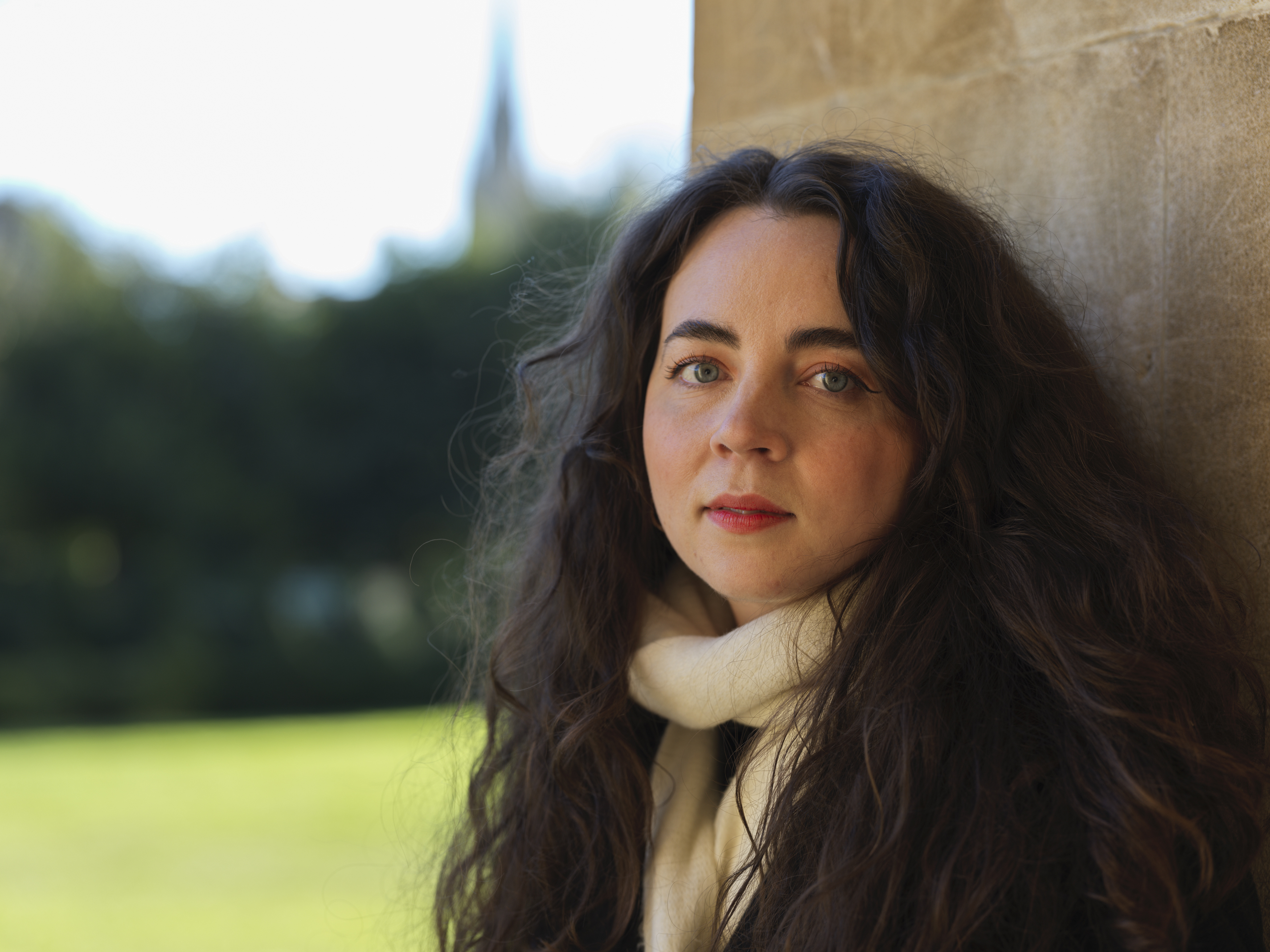
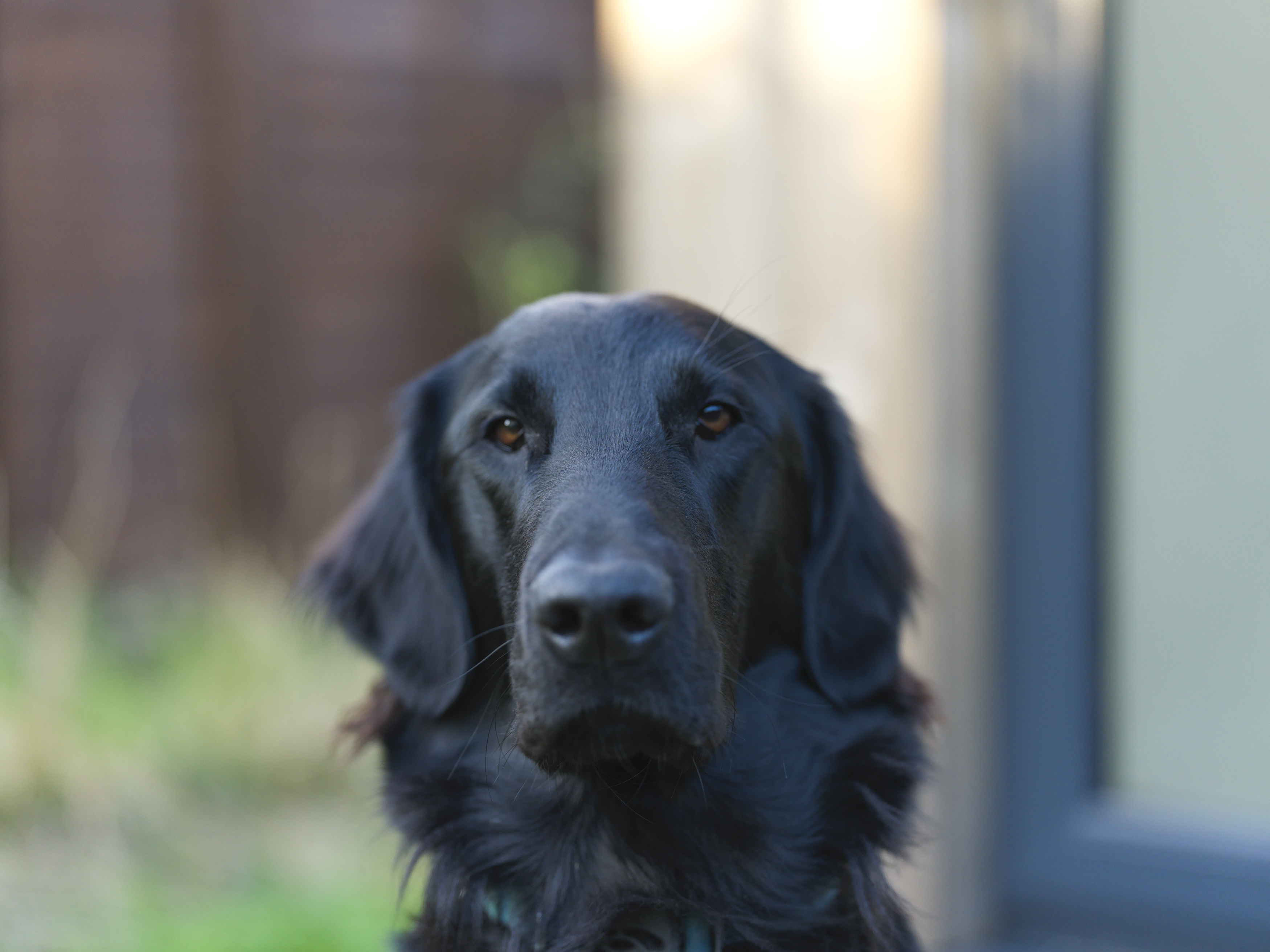
The first thing I did was test the camera's new face-detection autofocus mode – available with a firmware update – to see how it compared to my Canon EOS R6. With a static subject, a large box appeared around the face within a few seconds; but as she or I moved around, the tracking was slower to follow, compared to my Canon, or to the best autofocus systems generally.
The CFV 100C isn't advanced enough to offer eye detection, and isn't bolstered by the same autofocus algorithms you see in flagships like the Sony A1. Yet I'd say that 90% of my static portraits in even light were sharp in just the right places. When backlighting my subject in high-contrast winter light, the autofocus system hunted, and struggled to lock onto her face at all, but using touch gestures to select the AF point on the screen sped things up. As for exposure, spot metering was better than center-weighted in this situation.
I use my dog as a test subject for every camera that comes into my hand. She's convenient, but also fast-moving, and so a good test of an autofocus system. Although I found it helpful to be able to move the AF point around, it's too big to focus precisely at shallow apertures; at f/2.5 on the XCD 2,5/90V lens, my sliver of focus was often misplaced.
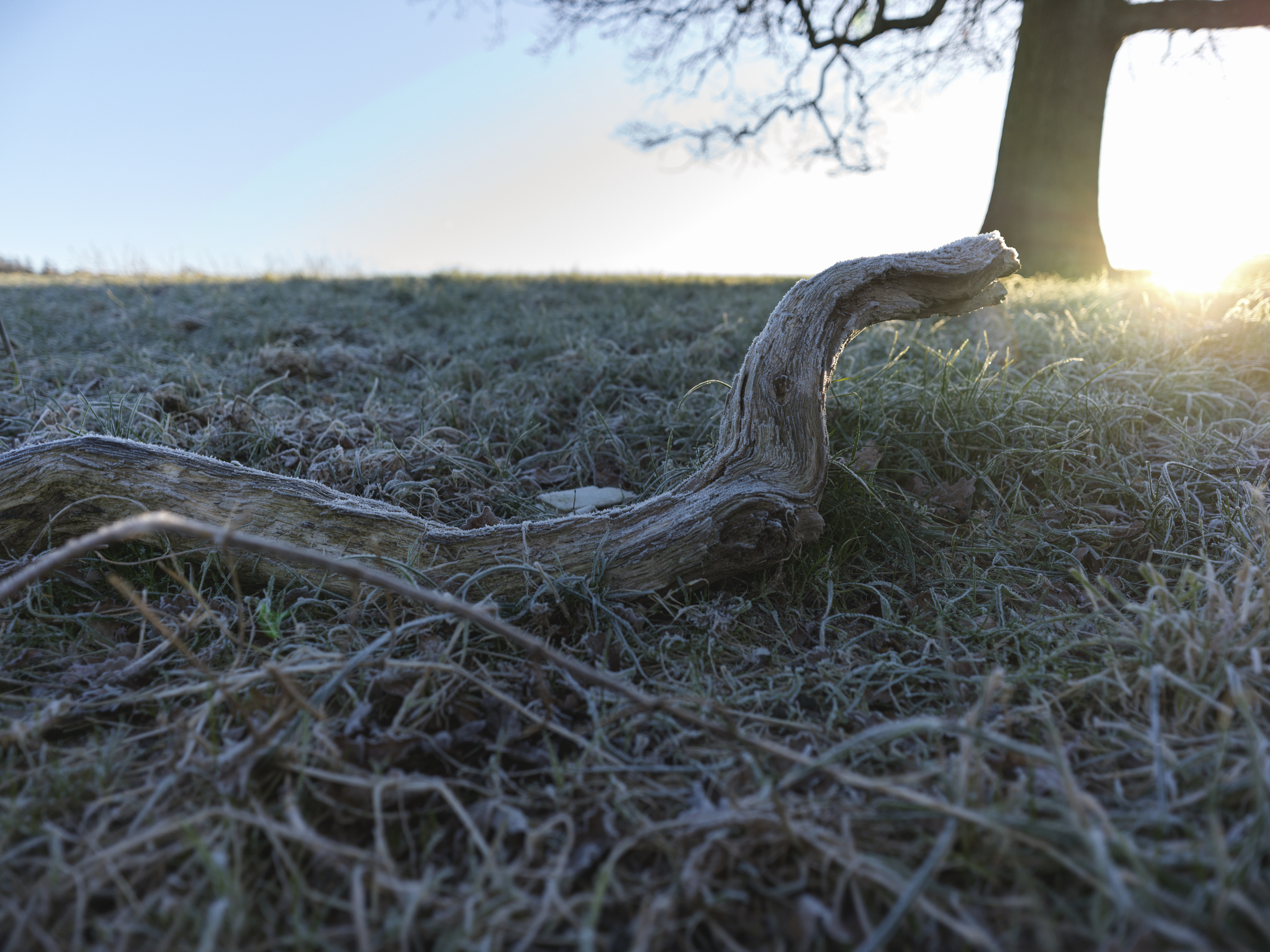


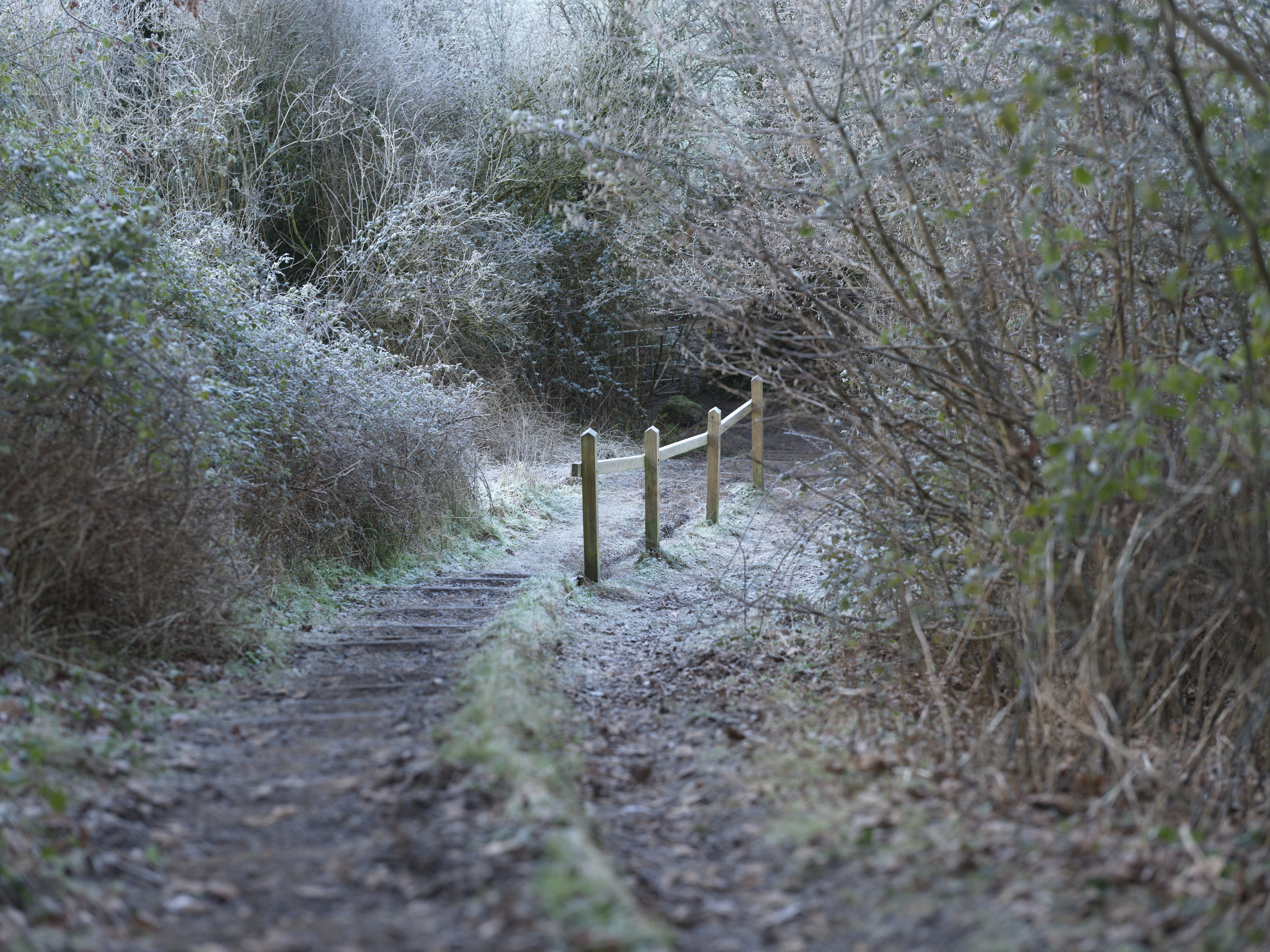
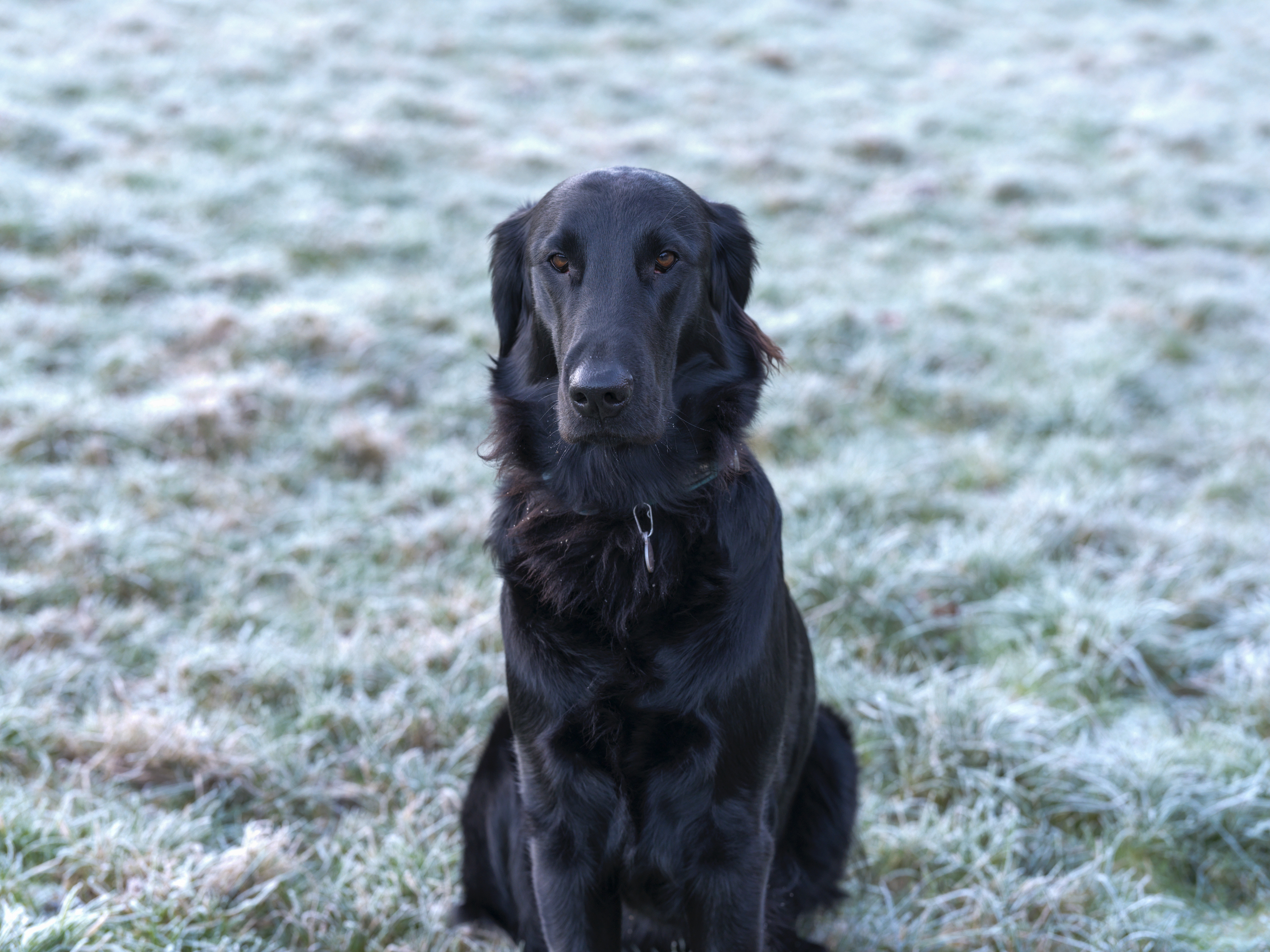
Of course, magnifying the on-screen focus helps with this; it just takes some practice. Manual focusing using the XCD lenses became incredibly intuitive in situations where the focus was critical, but I found it best reserved for landscape work on a tripod.
Hasselblad quotes the battery endurance at 420 images, and I'd estimate that I got around three hours or 350 images of solid shooting from one charge – and that was in very cold conditions. While many pros will use the camera in a tethered workflow, making the duration less important, landscape professionals heading out for a dawn-to-dusk day of shooting would be wise to take a couple of spare batteries with them.
Without any image stabilization at all, you need to be mindful of your shutter speed and tripod usage to avoid camera shake. I can usually push my Canon EOS R6 and RF 24-70MM F2.8L IS USM lens to around 1/30 sec handheld, but I was hesitant to dip below 1/125 sec handheld with the 907X CFV 100C, especially with a longer lens. I definitely noticed camera shake under 1/60 sec.
It's baffling that more camera manufacturers don't offer built-in storage. The 907X CFV 100C's 1TB internal drive is a real plus, although it's bound to fill up quickly with 100MP 3FR raw files which average 200MB in size. With write speeds up to 2370MB/s and read speeds up to 2850MB/s, I never found it lagging when processing images, and exporting images to Hasselblad's Phocus desktop app via USB-C was also painless.
Overall, the 907X CFV 100C's performance is slow and measured, and it forces you to think about what you're doing, and what settings you're using – and if anything, I think this improved my images. Rather than sticking everything on auto and rattling through a burst of frames, I set up my images, interacted with my subjects in a meaningful way, and got only a few frames that I was happy with – which is exactly how the camera is designed to be used.
- Features and performance score: 4/5
Hasselblad 907X CFV 100C: image quality
- 16-bit color depth in 3FR raw format
- Film-like image quality with natural tones
- 15 stops of dynamic range
If my analysis of the 907X CFV 100C's features sounded lackluster, then let me go overboard with admiration for its image quality. Put simply, I was blown away by the level of detail you get from the camera's raw files. The 100MP sensor offers double the resolution of the 50C, enabling you to crop in much more closely to images.
The CMOS sensor is also now back-illuminated, which improves low-light imaging and readout speeds. The lowest ISO setting is 64 and it maxes out at 25,600, and I didn't start to notice noise in the shadows of my images until I reached at least 3,200. Beyond resolution, with another stop of dynamic range (for 15 stops in total) you can recover plenty of detail from the highlights and shadows of images, something I found particularly impressive when photographing a bright sky at sunrise.
Are the images better than those from my full-frame Canon EOS R6 or Canon EOS R5? Absolutely, and even to the untrained eye, with the hallmark clarity you only get from medium-format sensors, even if that clarity is hard to define.
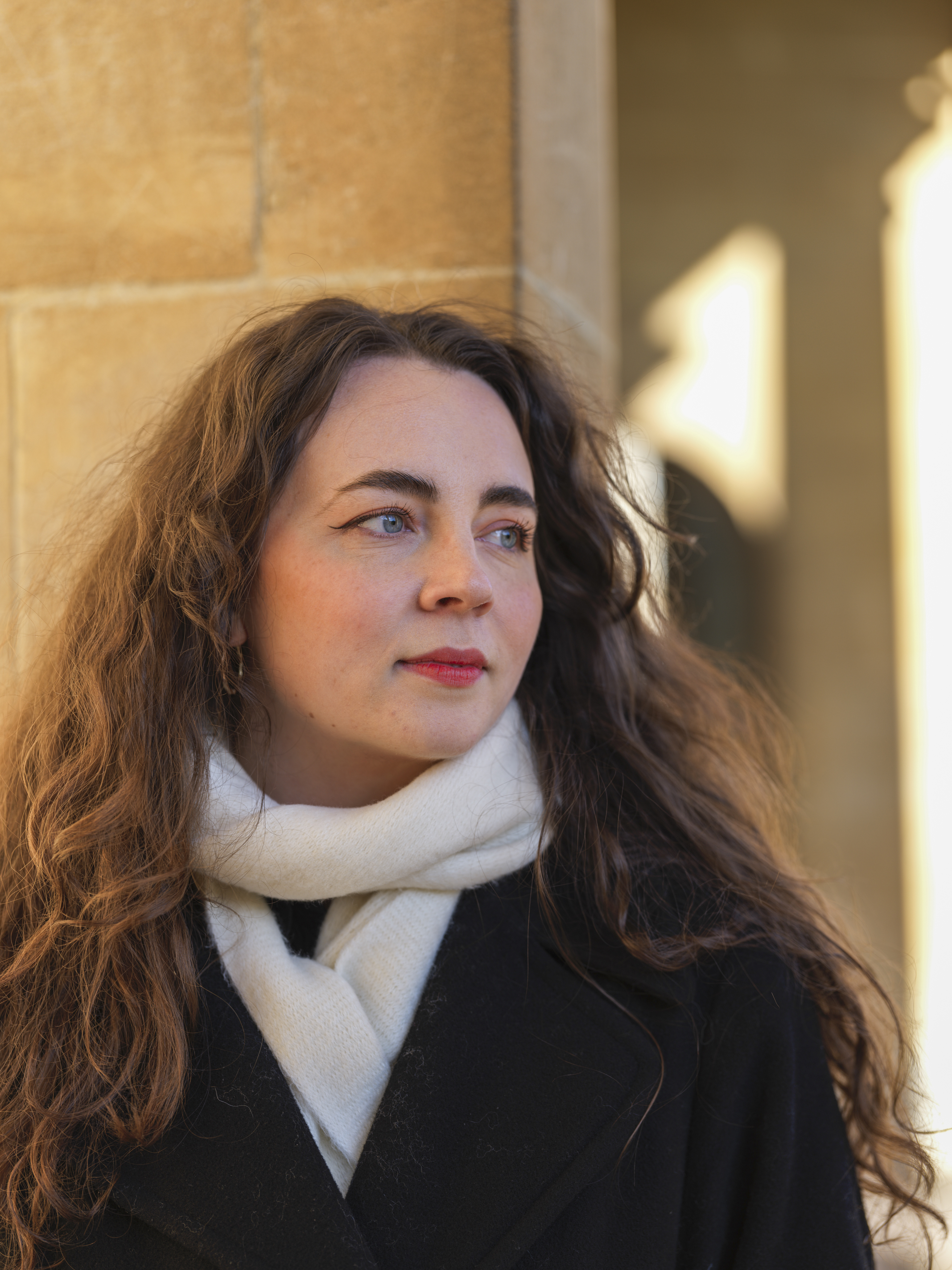
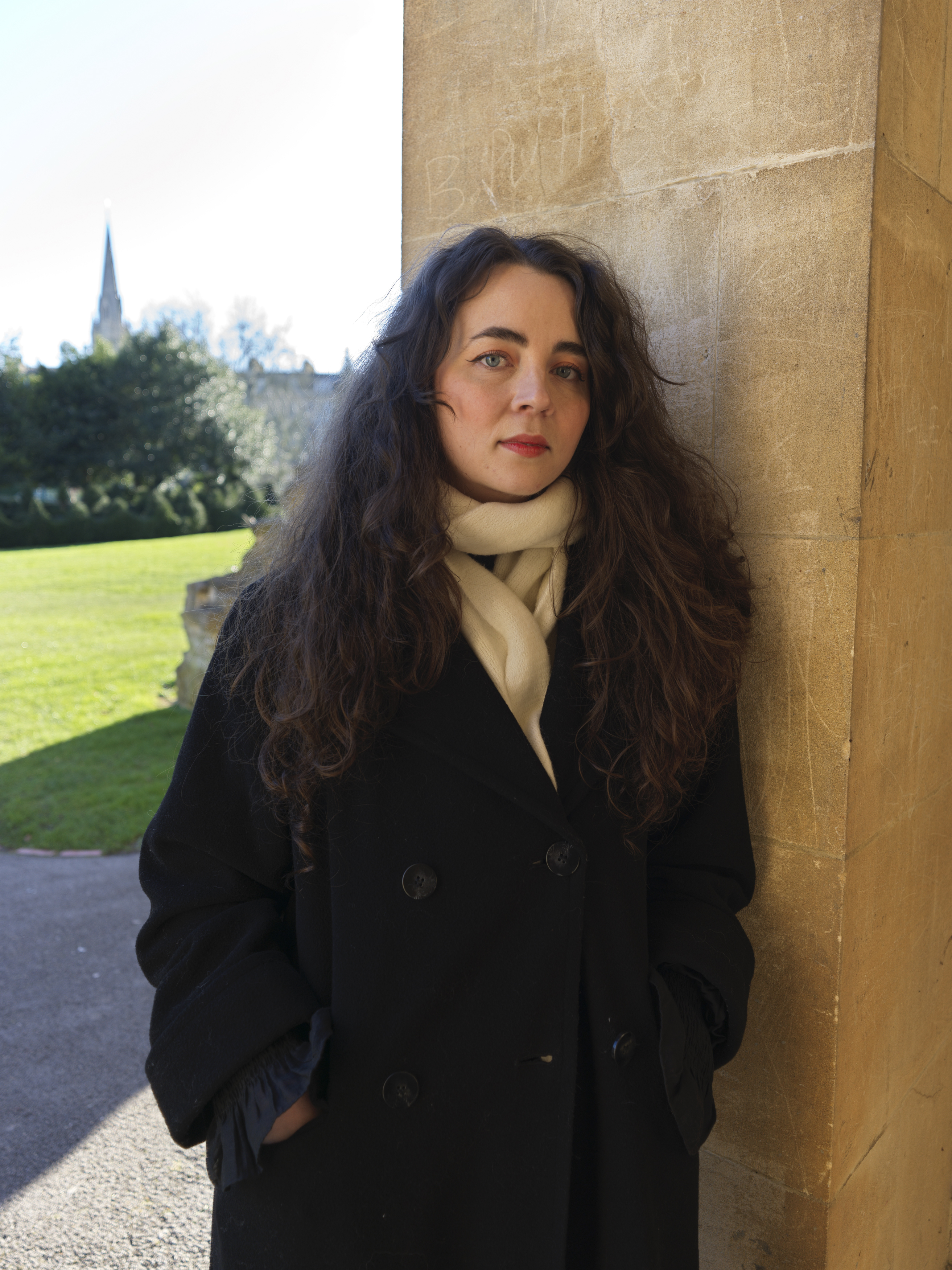
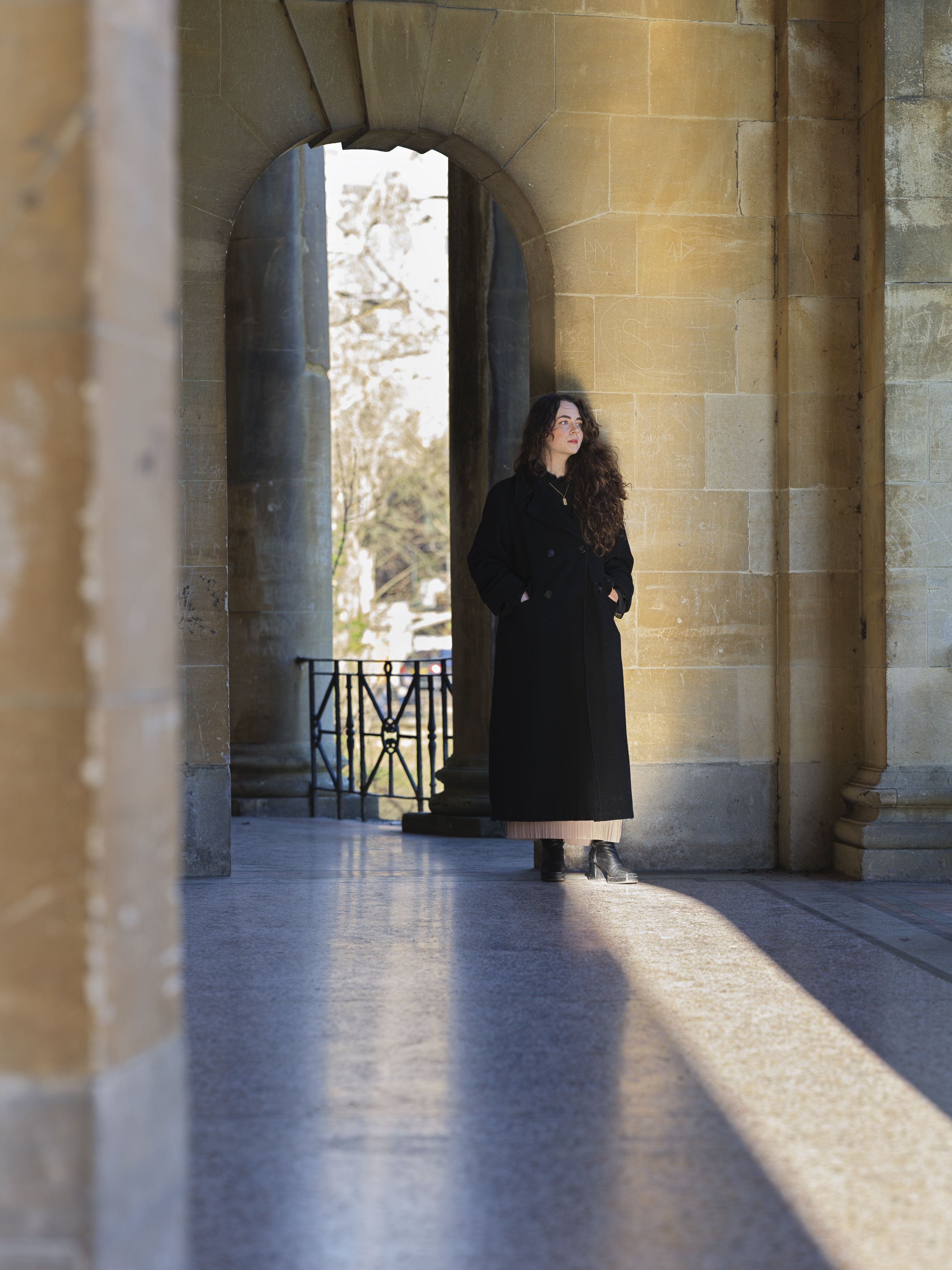
There's less to cover in this section than with a hybrid camera, as the CFV 100C doesn't shoot video, nor does it offer any filters or film simulations to change your images in-camera. The only real ability to change the look of photos comes from the white balance setting and standard presets like cloudy, shade, and tungsten, among others.
I relied on the camera's automatic white balance – the usual approach for me, as I like to change color temperature at the editing stage. Most of all, I noticed how naturally and accurately the 907X CFV 100C renders skin tones. Whether in warm daylight or during an incredibly cold sunrise, the colors had just the right levels of saturation, blush, and tone.
All of the sample images below are unedited, save for me converting them from the 3FR raw format to JPEG to add them to this review; although I should note that when I did start editing some of my test shots I hardly needed to do anything to them. The 907X CFV 100C has a 16-bit color depth for 3FR raw files, which is around 281 trillion colors, and close to what the human eye can record. For HEIF, a much smaller file format, the bit depth drops to 10.
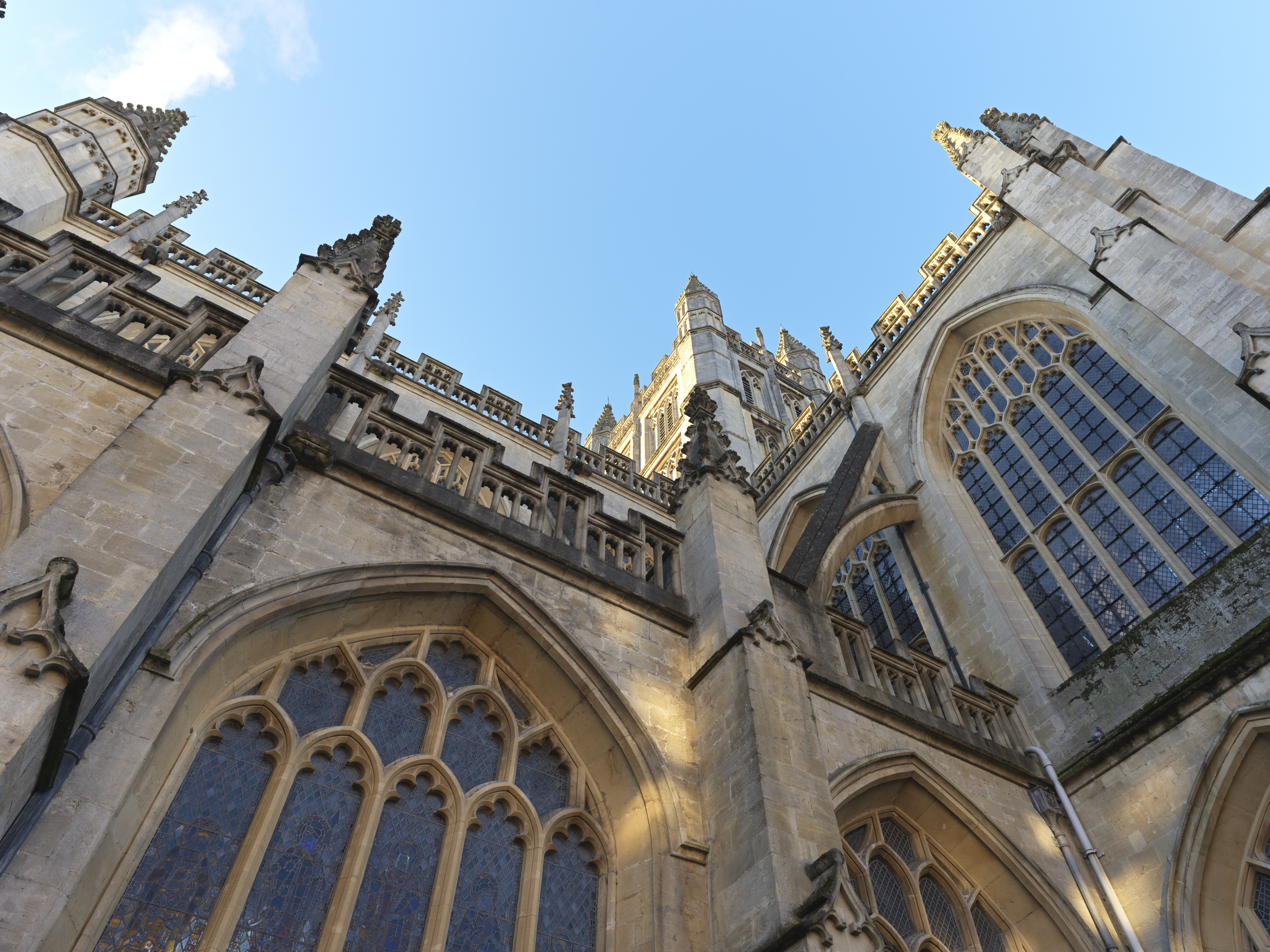
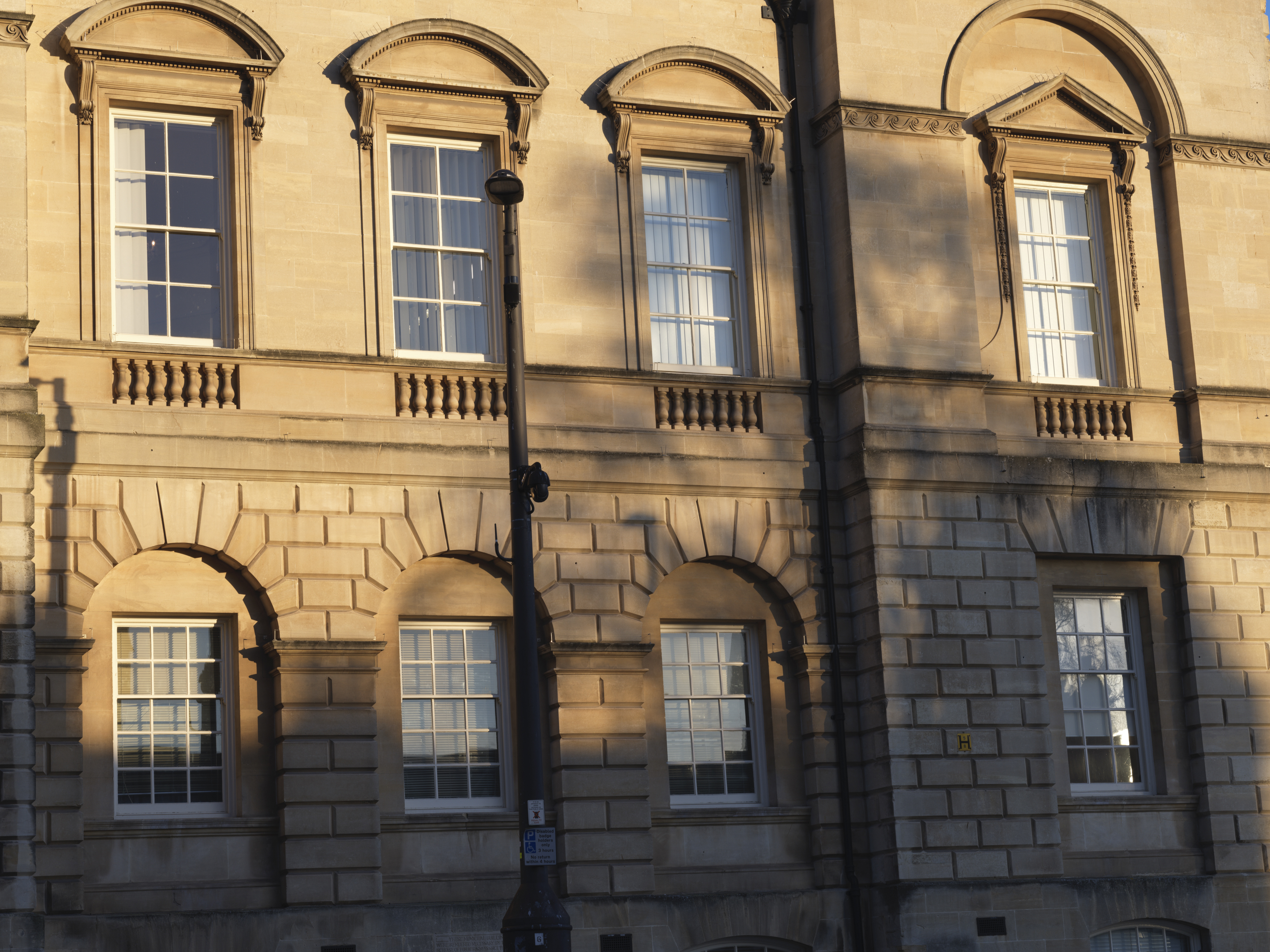
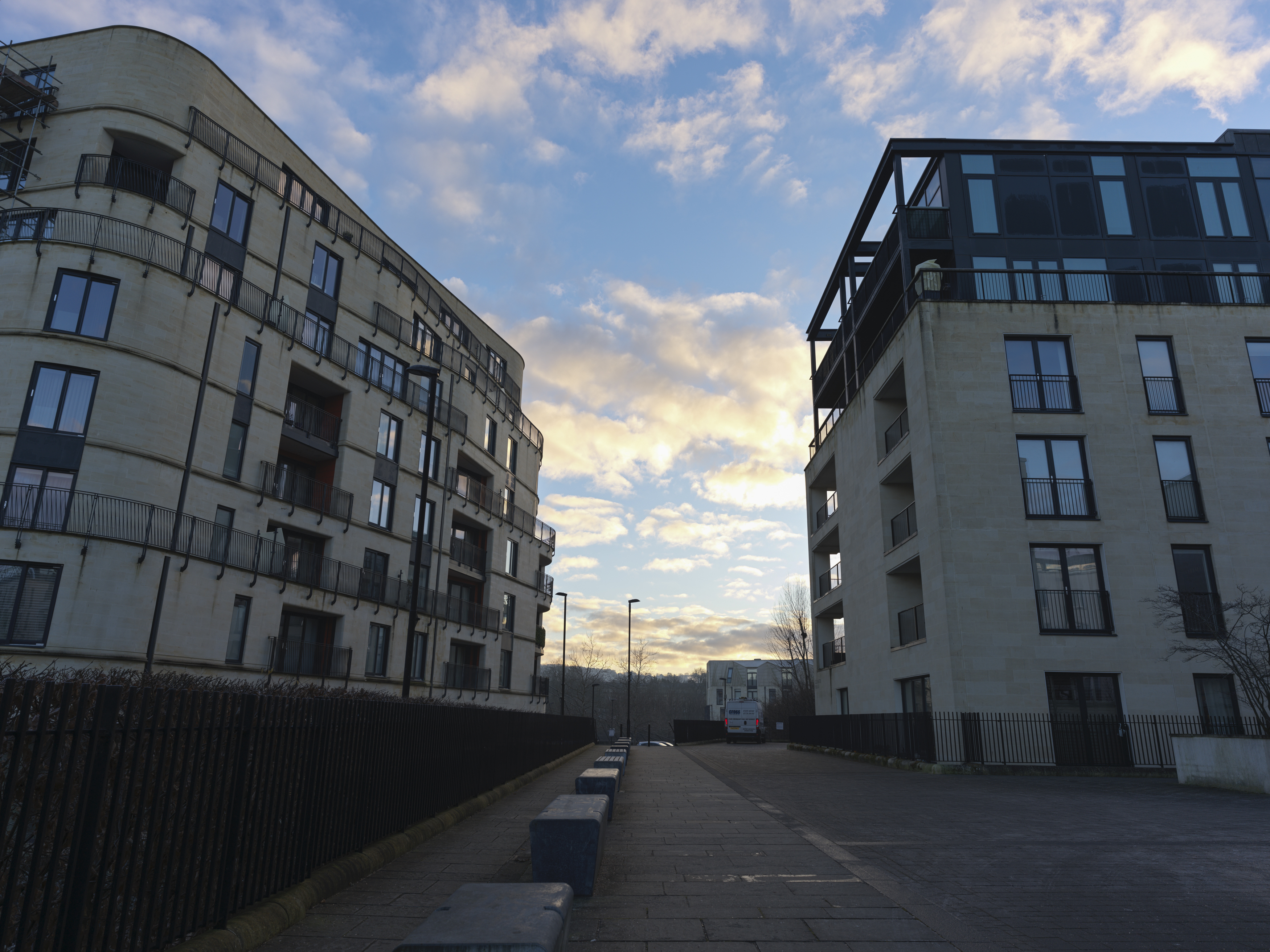
Every camera brand talks about its unique color profiles, but I think Hasselblad has cracked the science more than any other. It's Natural Colour Solution is an involved and highly technical process, built from a look-up table (LUT), Hasselblad Film Curve, and pixel processing that adapts to different lighting conditions.
As Hasselblad explains it, the captured color data gets transformed and remapped to give rich saturation and contrast, even for skin tones. I've never experienced such true-to-life results as I have with the 907X CFV 100C. Portraits in particular pop off the screen, and can be enhanced further with Hasselblad's Phocus software, which is sympathetic to the file type.
Having tested the 907X CFV 100C with Hasselblad's latest XCD 2,5/90V and XCD 4/28P lenses, I detected negligible levels of fringing, distortion and vignetting. As I've mentioned elsewhere in this review, Hasselblad’s XCD lenses are expensive in regular camera terms, and more expensive than Fujifilm's GFX lineup. But they're first-rate, both optically and in the way that they're constructed.
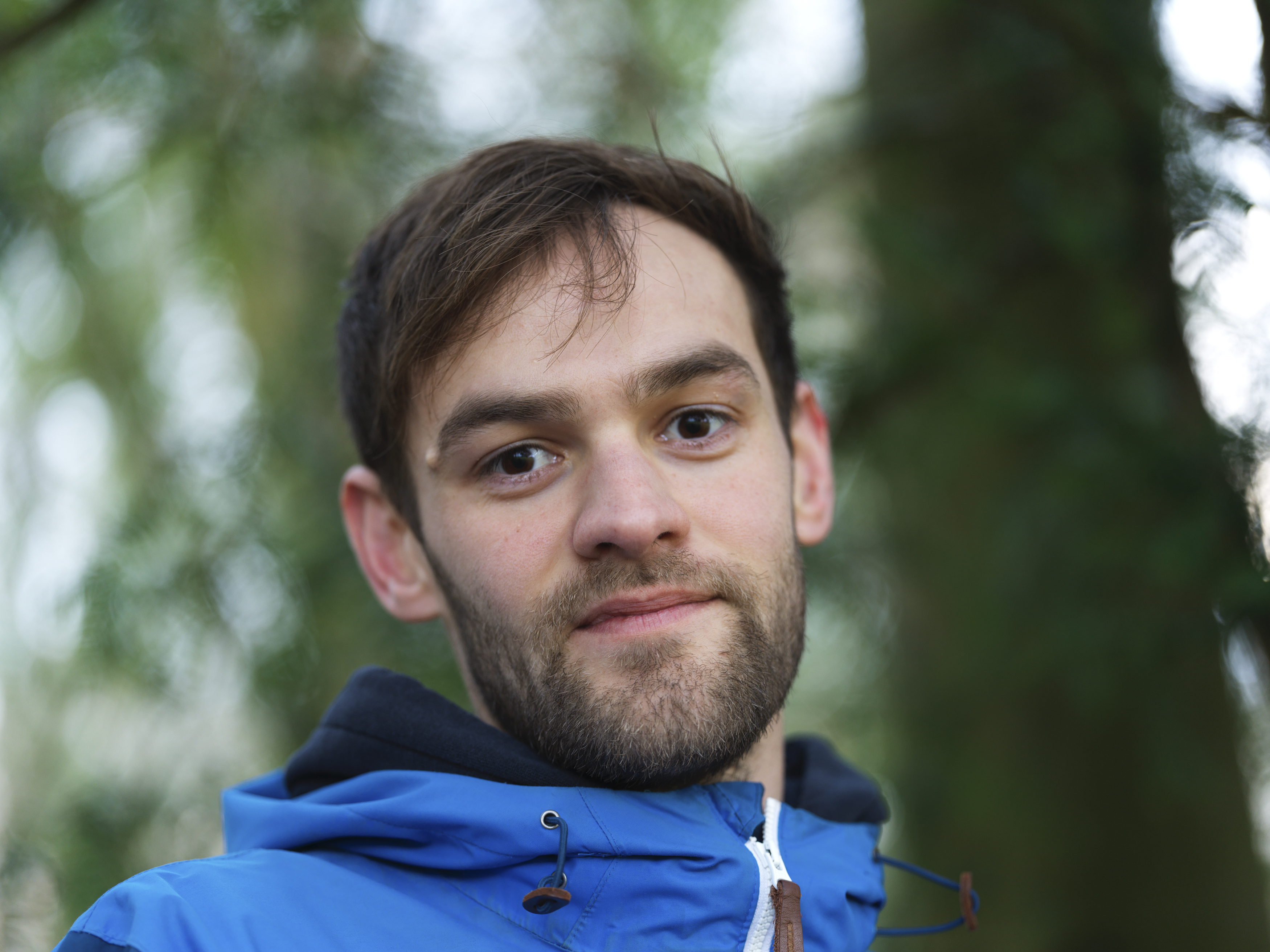

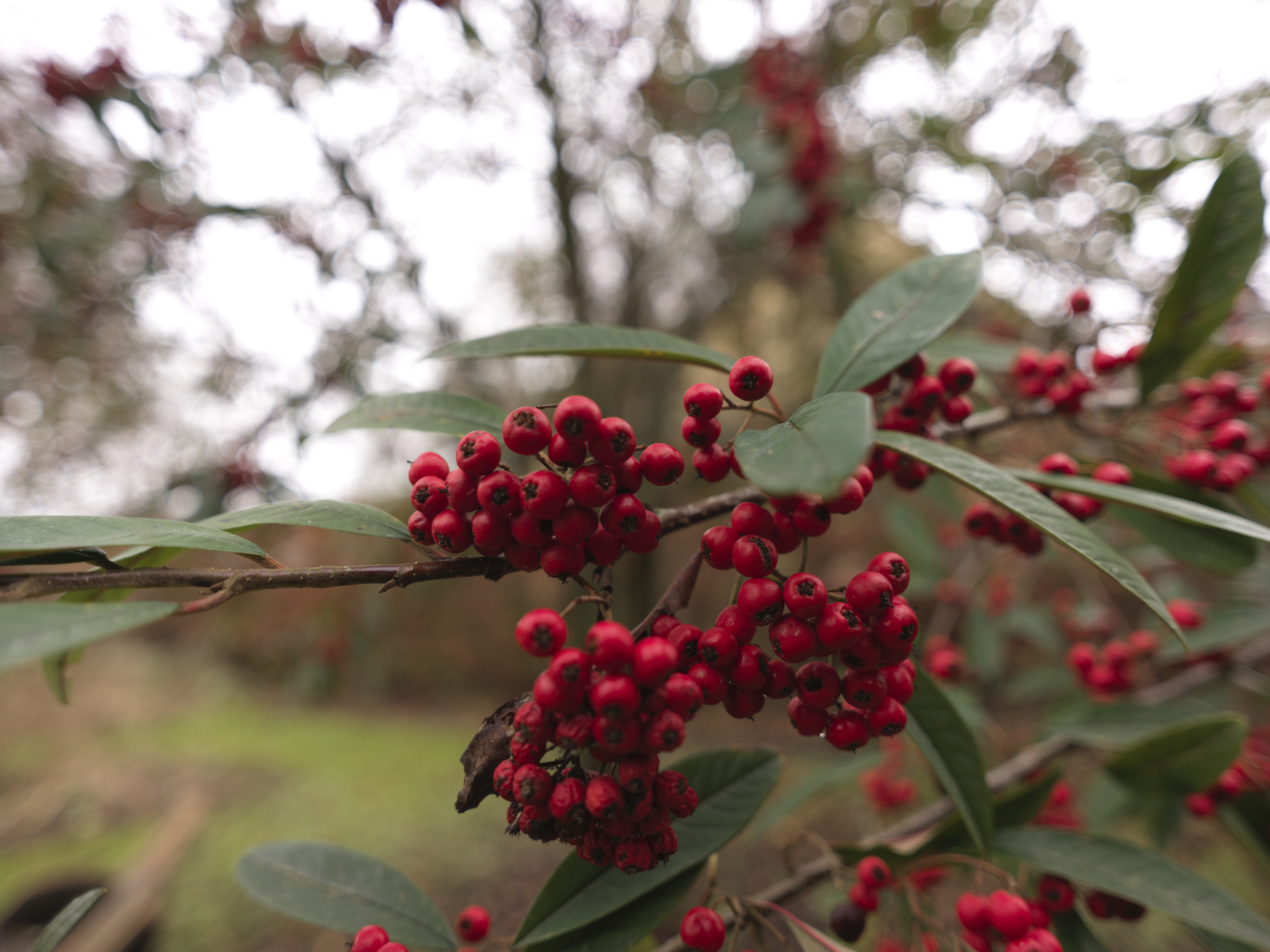
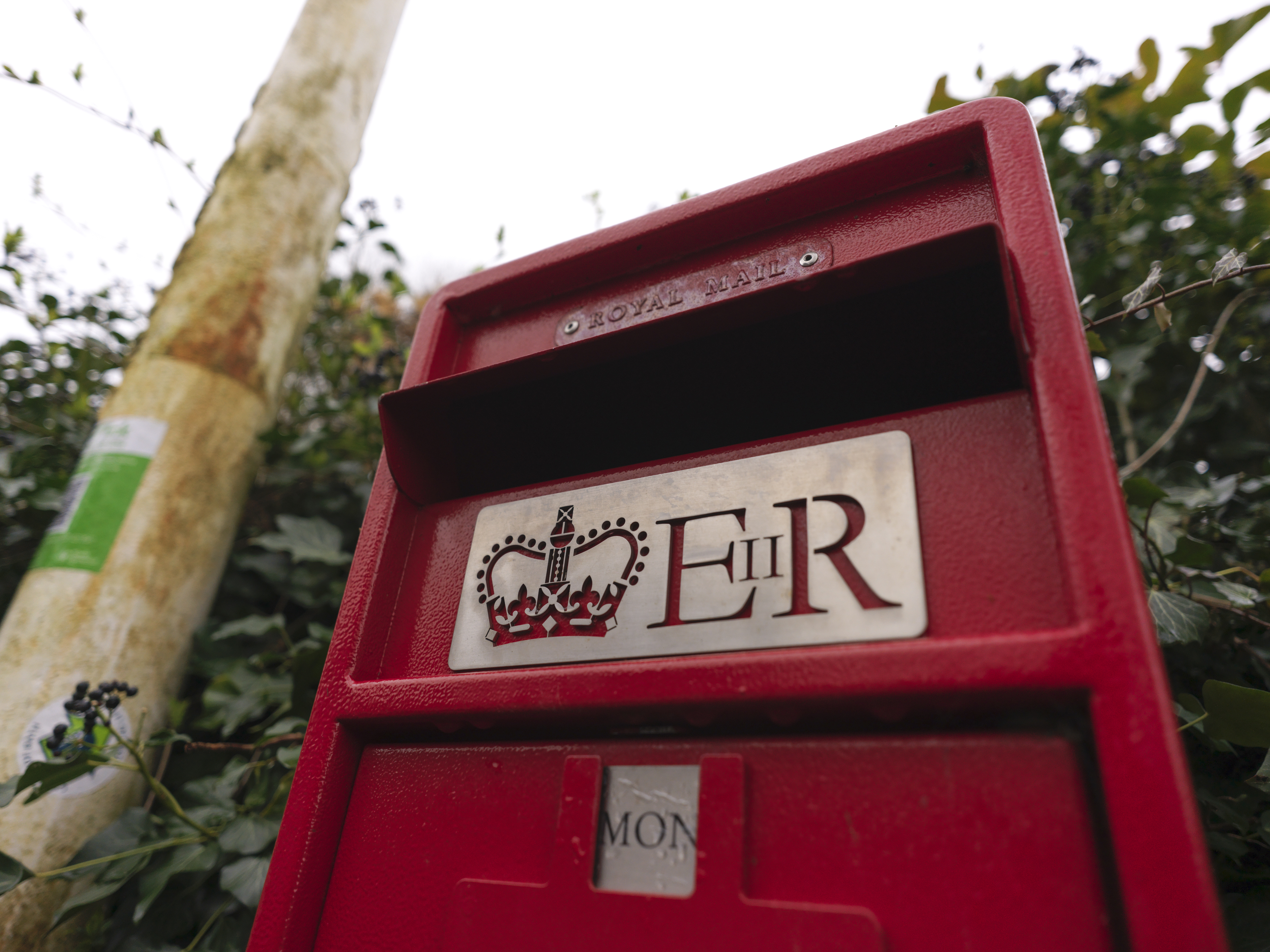
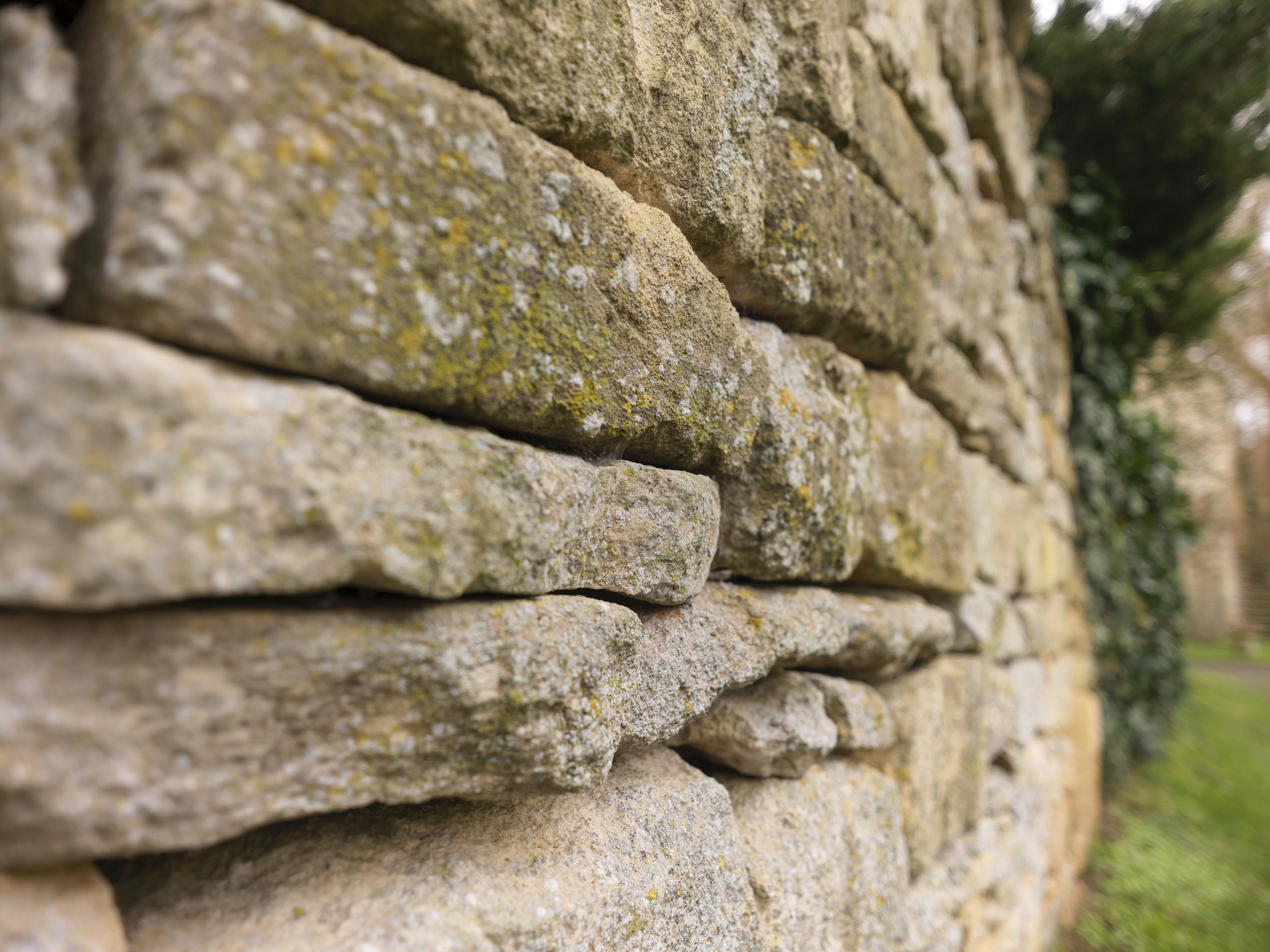
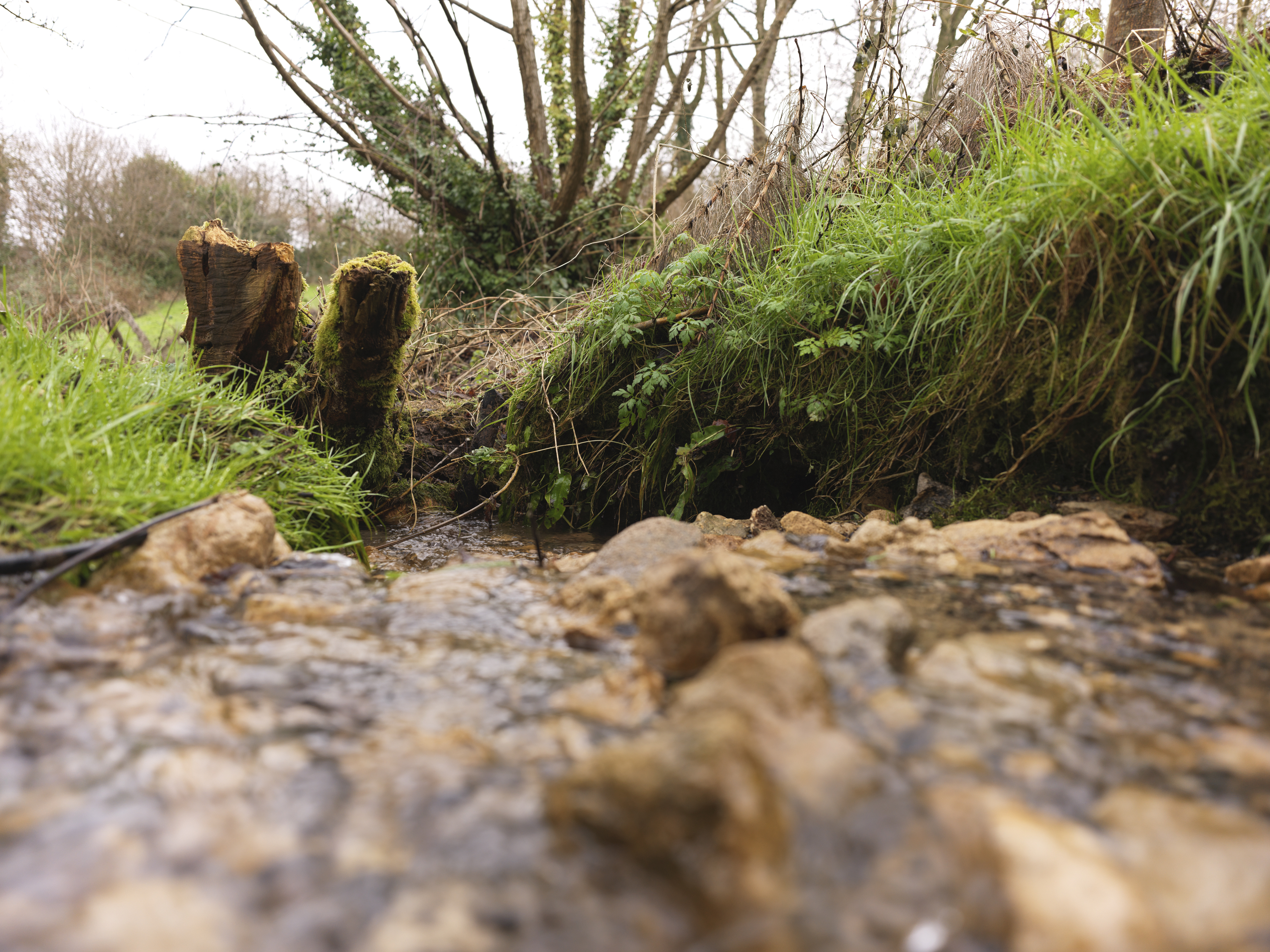
- Image quality score: 5/5
Should you buy the Hasselblad 907X CFV 100C?

Buy it if...
Don't buy it if...
Hasselblad 907X CFV 100C Scorecard
Hasselblad 907X CFV 100C: Also consider
If you're not sure that the Hasselblad 907X CFV 100C is for you, here are two similar alternatives.

How I tested the Hasselblad 907X CFV 100C
I had the Hasselblad 907X CFV 100C for just under two weeks, and I tested it with the recent XCD 2,5/90V and XCD 4/28P lenses, plus the Hasselblad 907X handle control grip, which adds extra controls and makes handheld shooting more comfortable. The camera isn't really designed to be a carry-anywhere affair (although it is very portable), and I used it for planned portrait sessions in the city, landscape shoots for frosty sunrises, and out in the woods for low-light work. I mounted the 907X CFV 100C on a sturdy Manfrotto tripod for around half of the images I took.
I shot in raw format. Then, as part of the testing process, I used Hasselblad's free Phocus software to import my sample images before exporting them as smaller JPEG files. I tethered the 907X CFV 100C to my iMac and used Phocus software to control the camera. Finally, I connected the camera to my iPhone 15 via Wi-Fi and Bluetooth, and used the Phocus Mobile 2 app to import images directly across for sharing.
First reviewed in January 2023.







